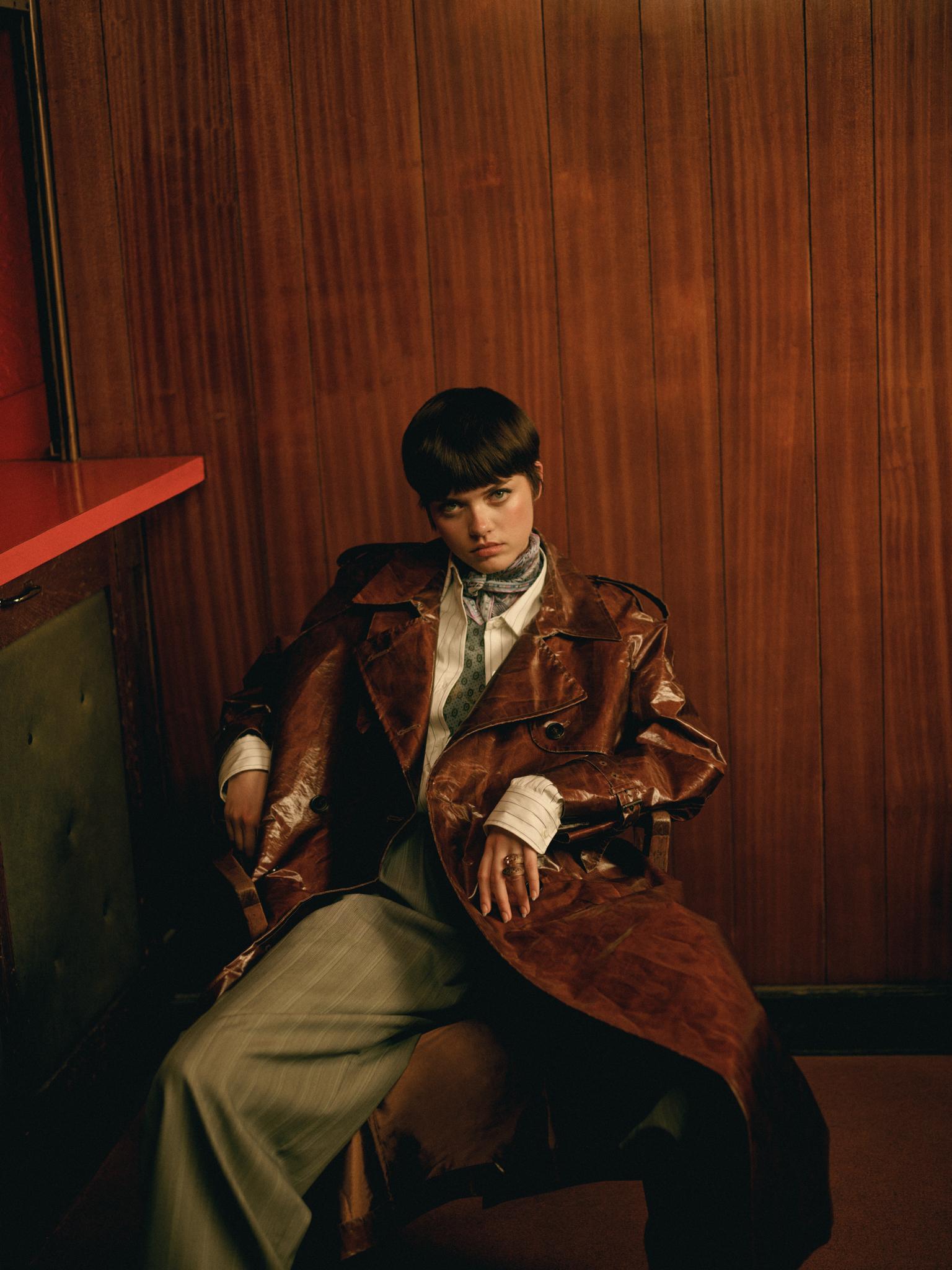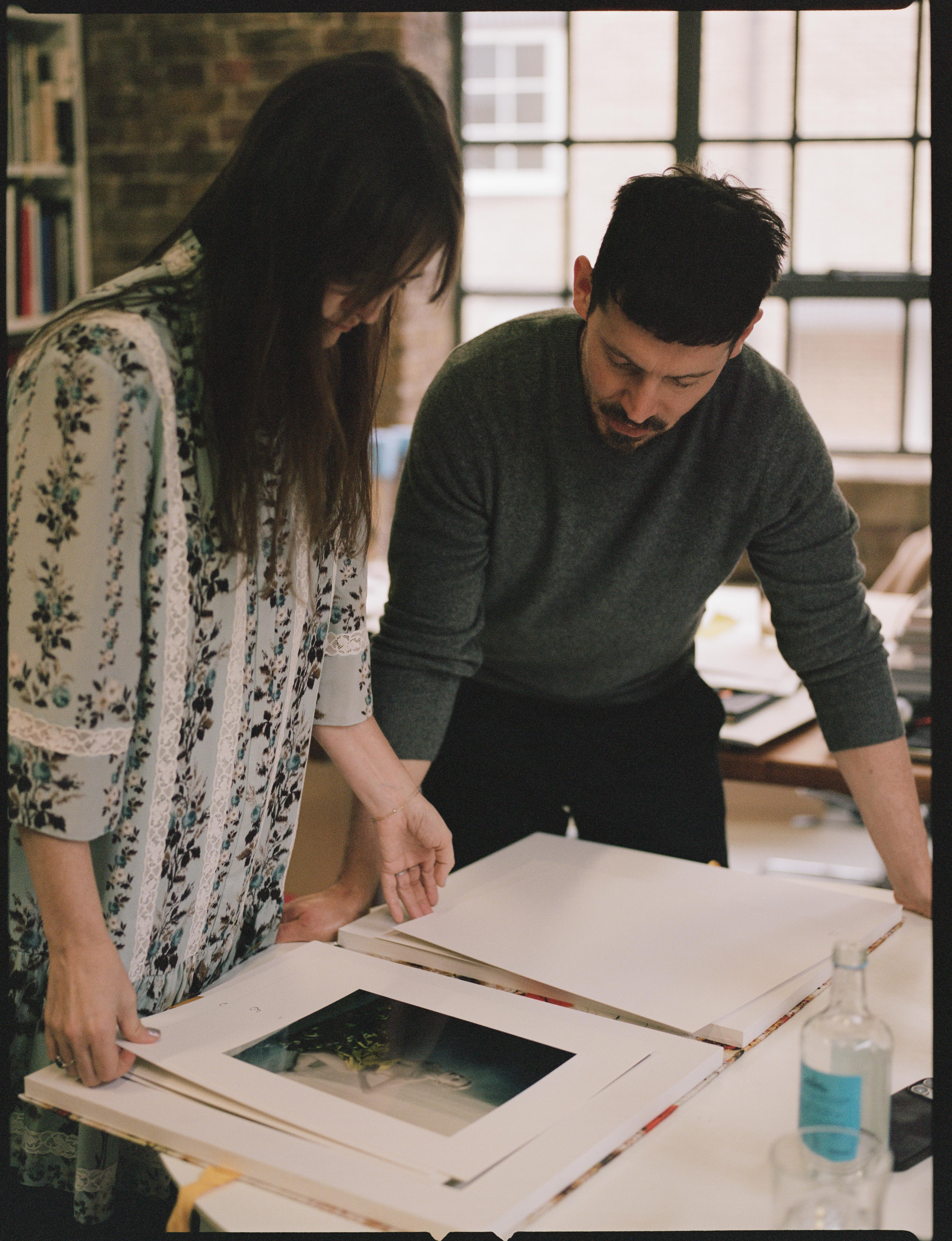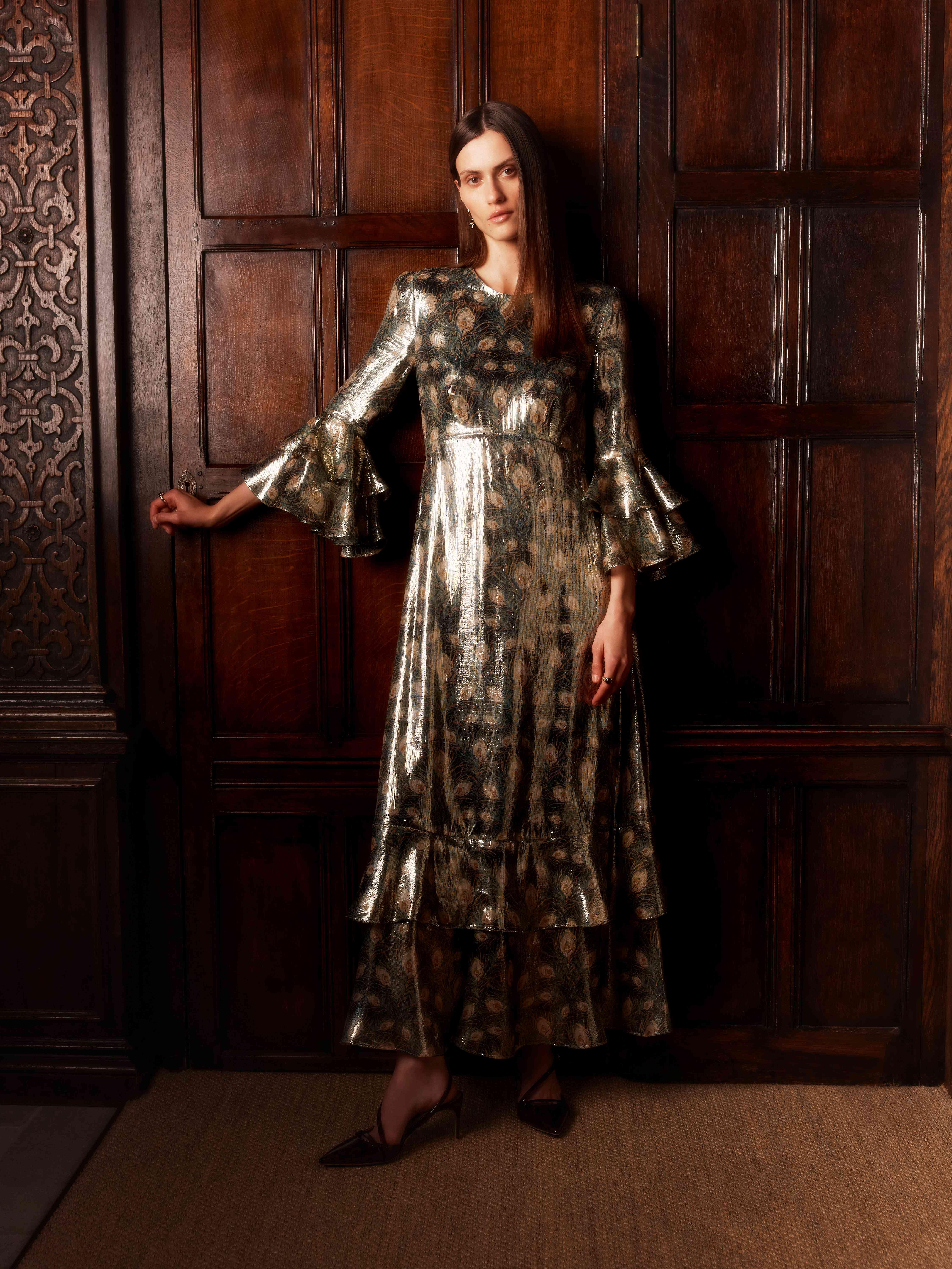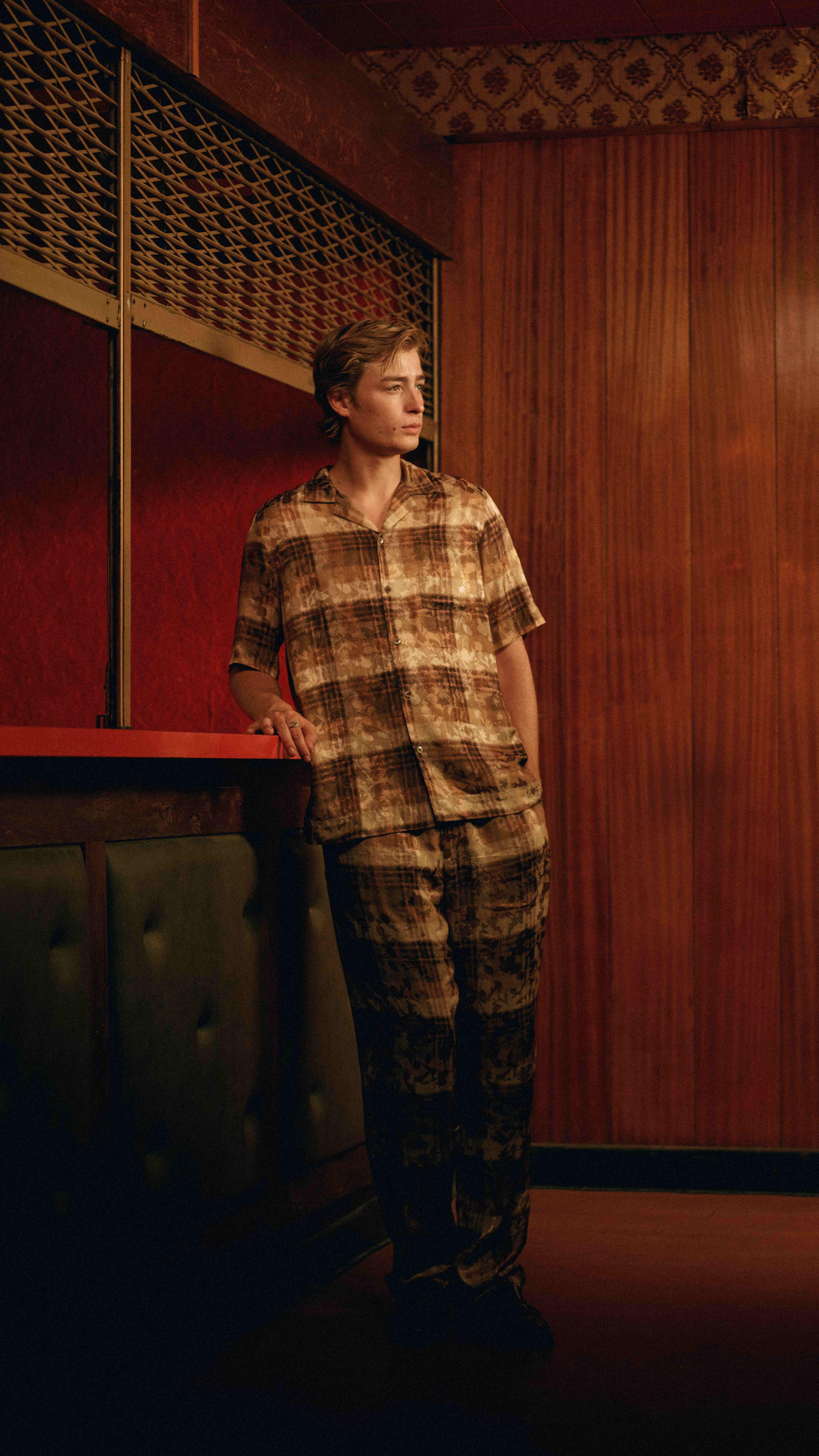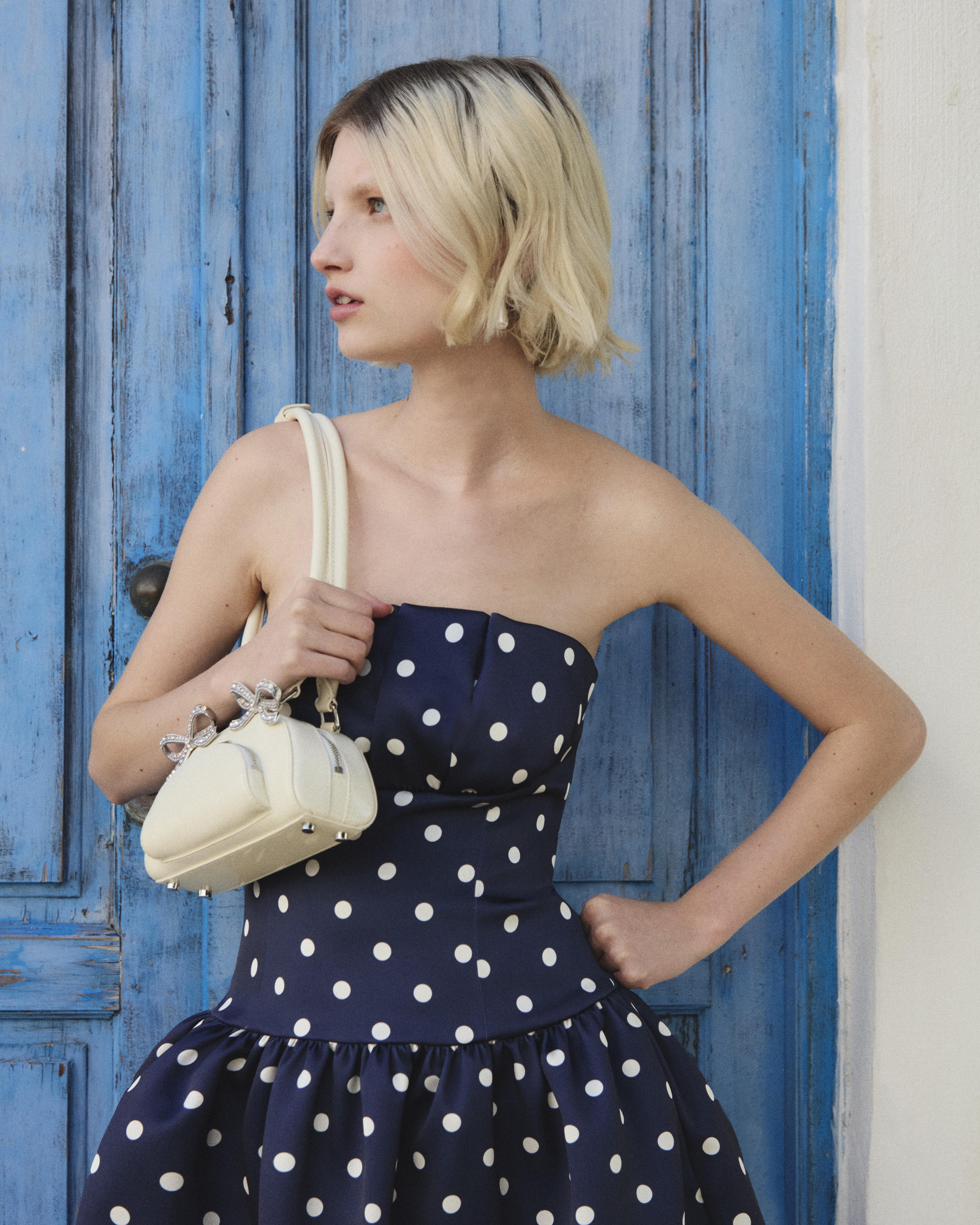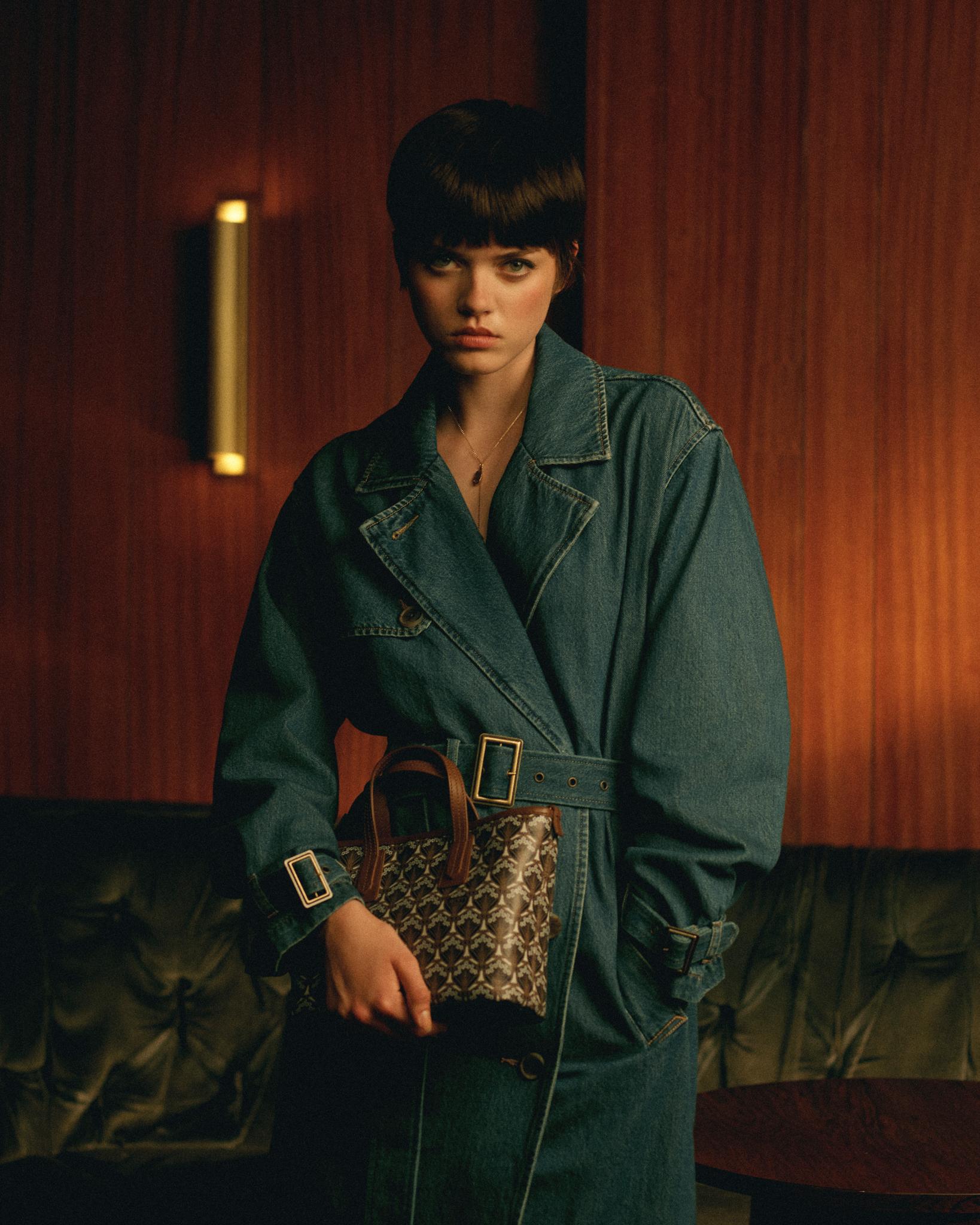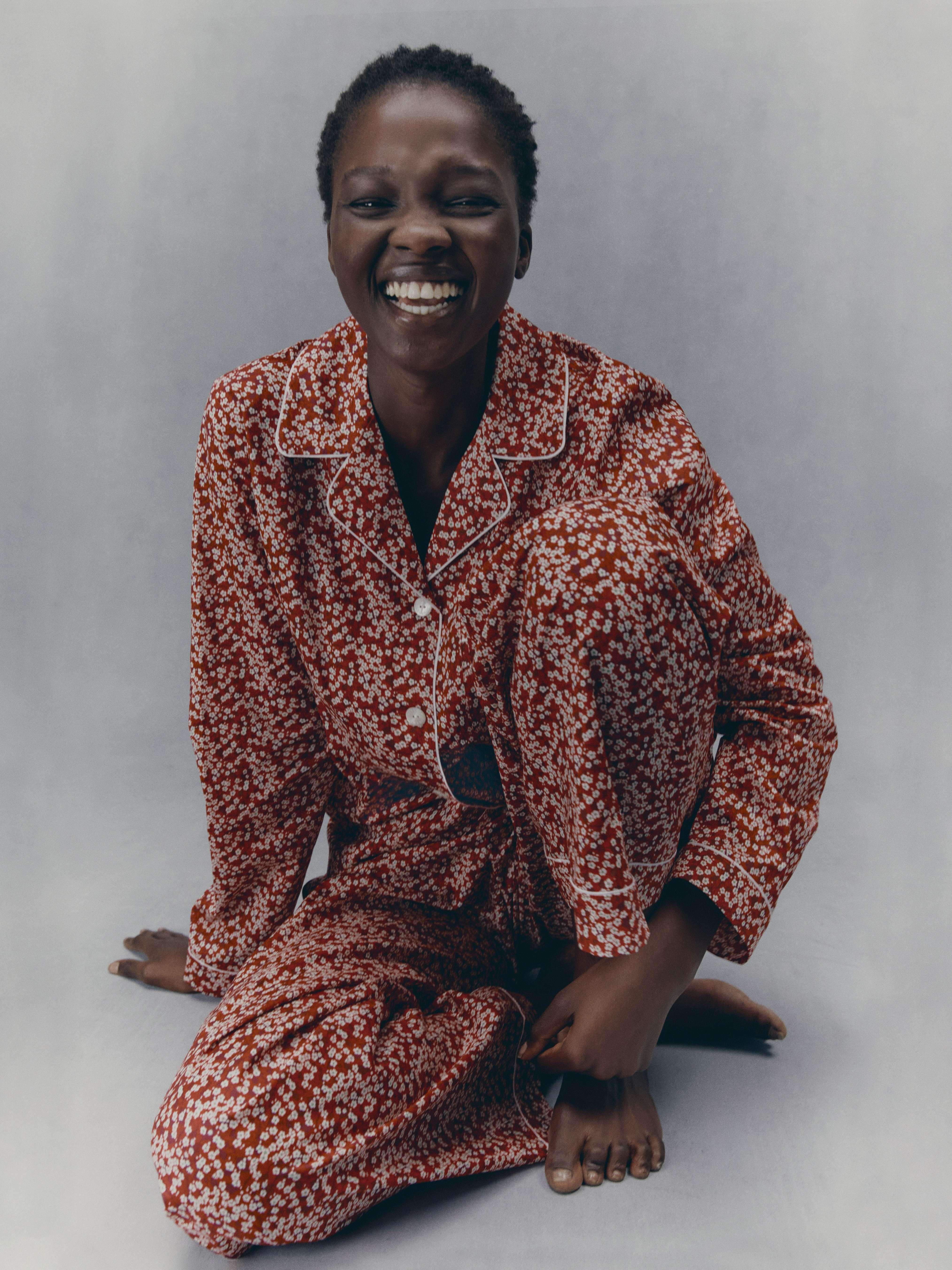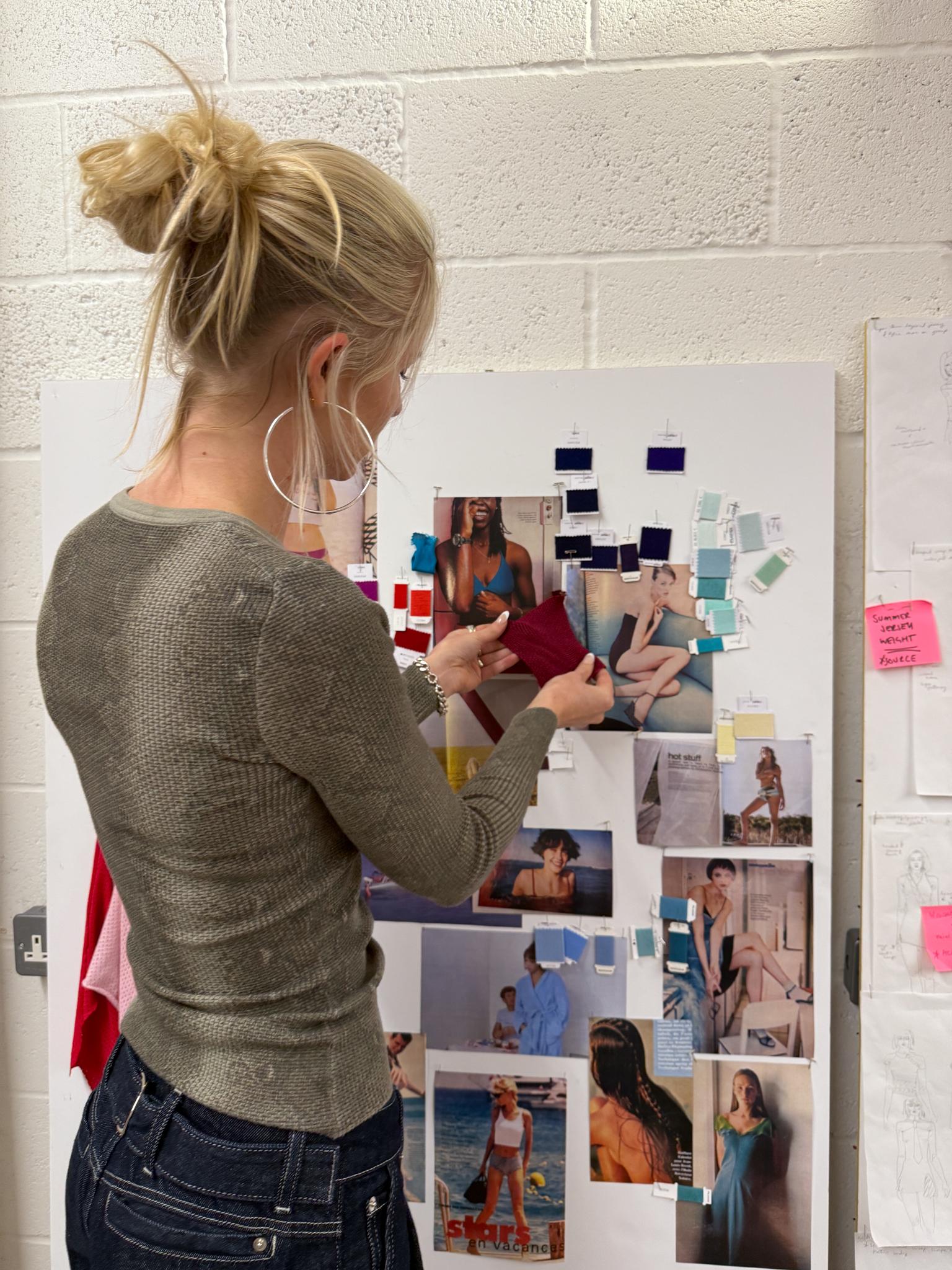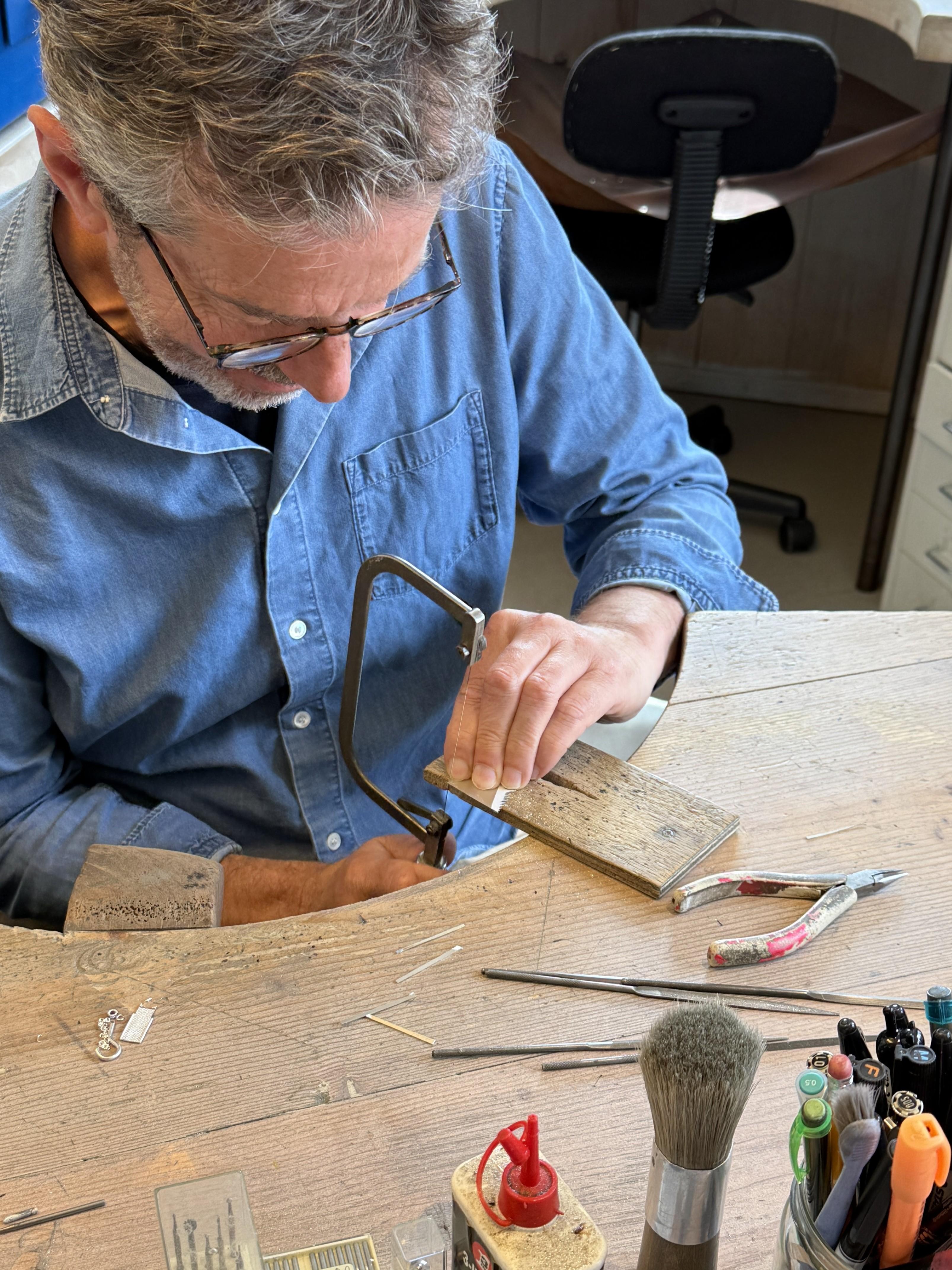Weston Scarves: Divine Reality
The parallels between truth and beauty, art and science, have long been debated – but, as literal depictions of natural formations, Weston’s vibrant silk scarves imply they are one in the same
Read more
Divine Reality
The parallels between truth and beauty, art and science, have long been debated – but, as literal depictions of natural formations, Weston’s vibrant silk scarves imply they are one in the same
Shop Weston ScarvesFor as long as artistic expression has existed, it has benefited from interplay with scientific principles – be it experimentation with new materials or the discovery of techniques to render different perspectives. But can science be art, or vice versa? Enter Richard Weston of Weston scarves; designer, respected author and, until recently, Professor of Architecture at Cardiff University. Discovered by Liberty as part of the BBC’s Britain's Next Big Thing TV series in 2011, Weston’s colour-soaked scarves have a unique aesthetic that centres on scientific truth: high-resolution scans of minerals, fossils and stones, that he creates at his home near Cardiff, Wales.
An ever-curious academic, Weston has always questioned how things are made. “That was what first fascinated me about architecture – another example of uniting beauty with hard materials,” he explains. “But minerals – agate, lapis lazuli, opal and so many more – always delighted me, and I started collecting them.” Keen to see such minerals up close, he took photographs and, after experimenting with digital scans, realised he could “get right down to a level invisible to the human eye”. Like all artists wanting to display their ideas, he set upon finding the perfect canvas: “I tested numerous materials and surfaces, but silk is undoubtedly the best for bringing out not only the detail and the colours, but that shimmering, fluid, natural movement that complements the naturalness of the images.” And with that, Weston Scarves was born.
Quick to harness the latest technology, Weston now uses a digital microscope integrated with a camera specially set up for him by Nikon, which enables him to artfully capture previously invisible natural beauty within minerals and semi-precious stones – often millions or billions of years old. “The digital revolution has changed how we see the world, and what we do is enable people to see ‘inside’ at a level of detail beyond the capabilities of the human eye,” he notes. “The ‘art’ has always been there, but only recent scientific advances have enabled us to see it.”
Even with such advanced equipment, Weston’s process is a lengthy labour of love: “I need flat surfaces otherwise parts of an image will be in focus, others out of focus. Then I need an unspoilt image – minerals and crystals you see in shops have been polished, so have thousands of scratches on them that are all too visible at the level we view them at. You have to shine a light onto the sample, and the angle of that light makes a huge difference to what you actually see. Moving a mineral much less than a millimeter can produce a totally different image, so one small piece of opal might have a potential 1000 images, but only one, and sometimes none, are suitable for what we call ‘scarfing’. Finding needles in haystacks is much easier and quicker!”
Returning to the parallels between art and science, Weston muses: “What science exposes is the “art” that is in everything…The main difference is that scientists are focused on the world, artists on their world.” And truth and beauty? “The images we reproduce from nature are real and beautiful. There’s no doubting the truth of that.”
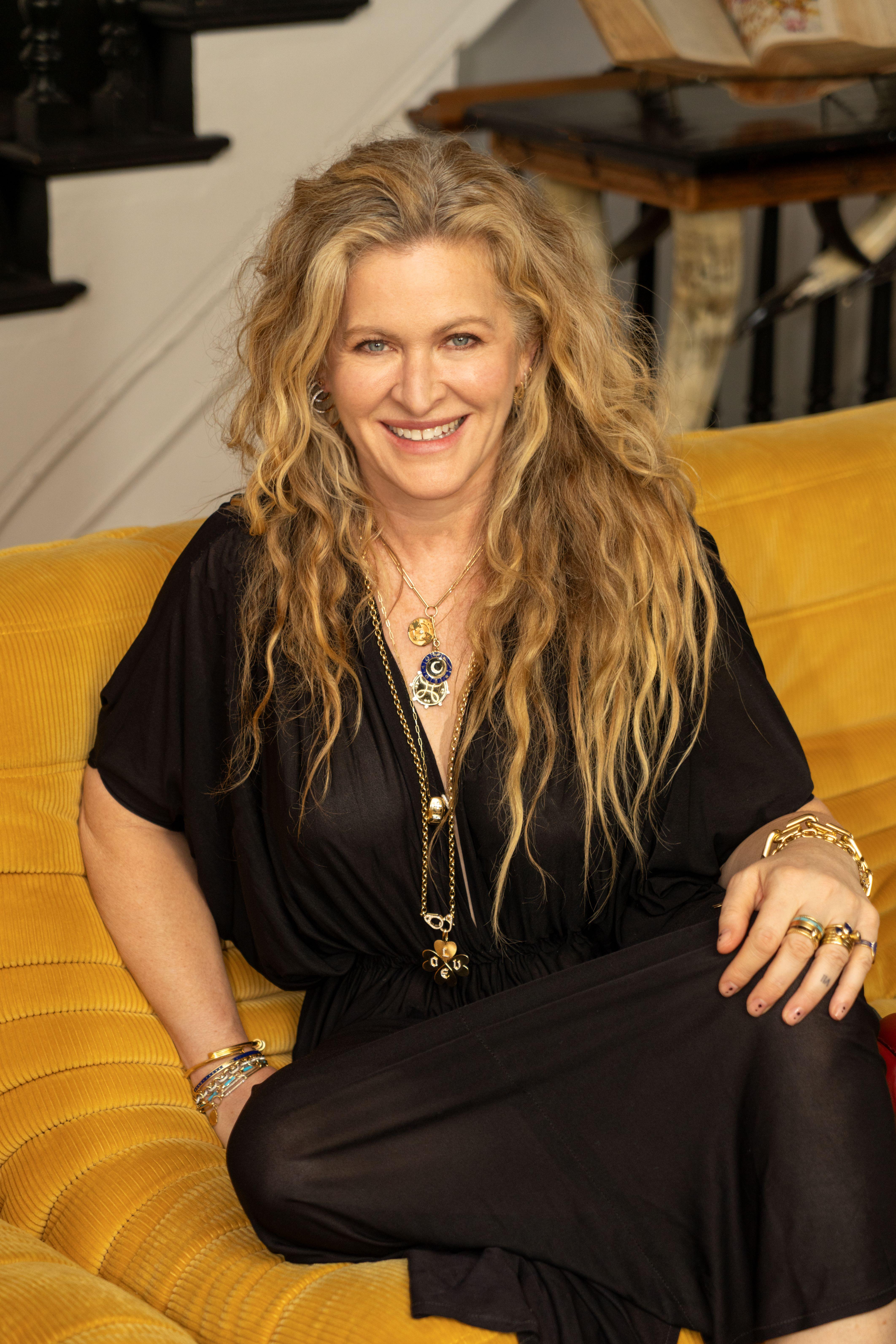



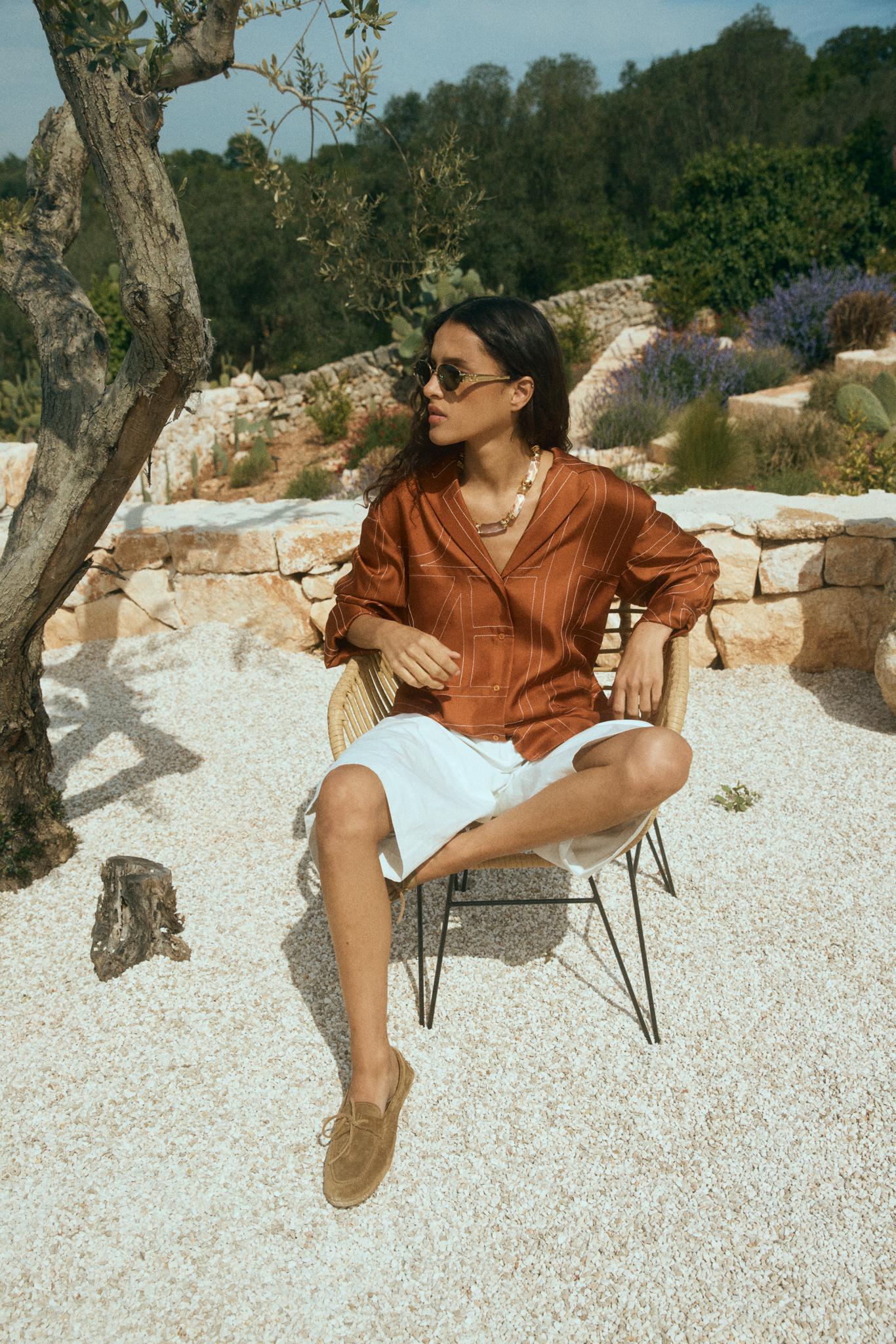



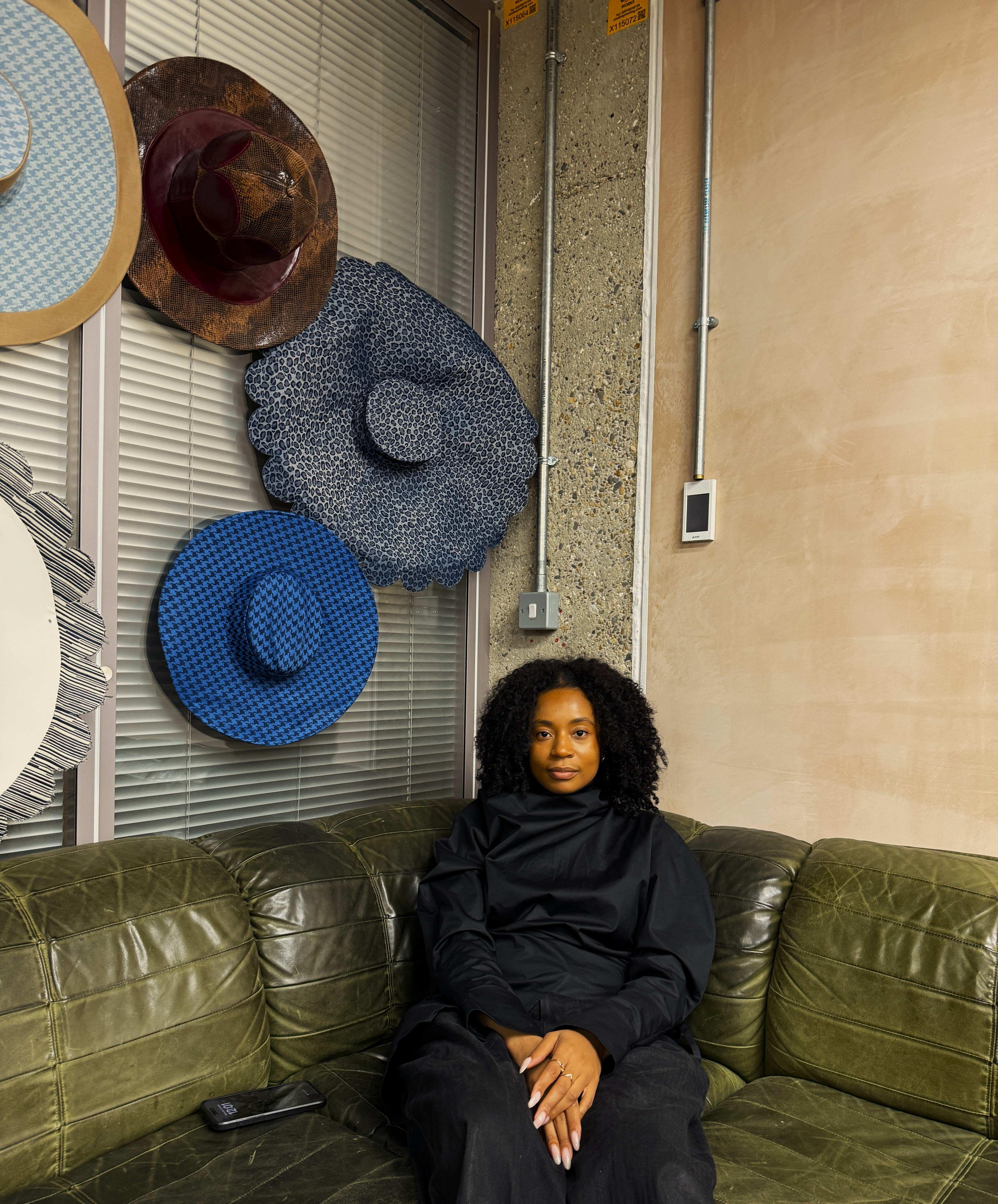
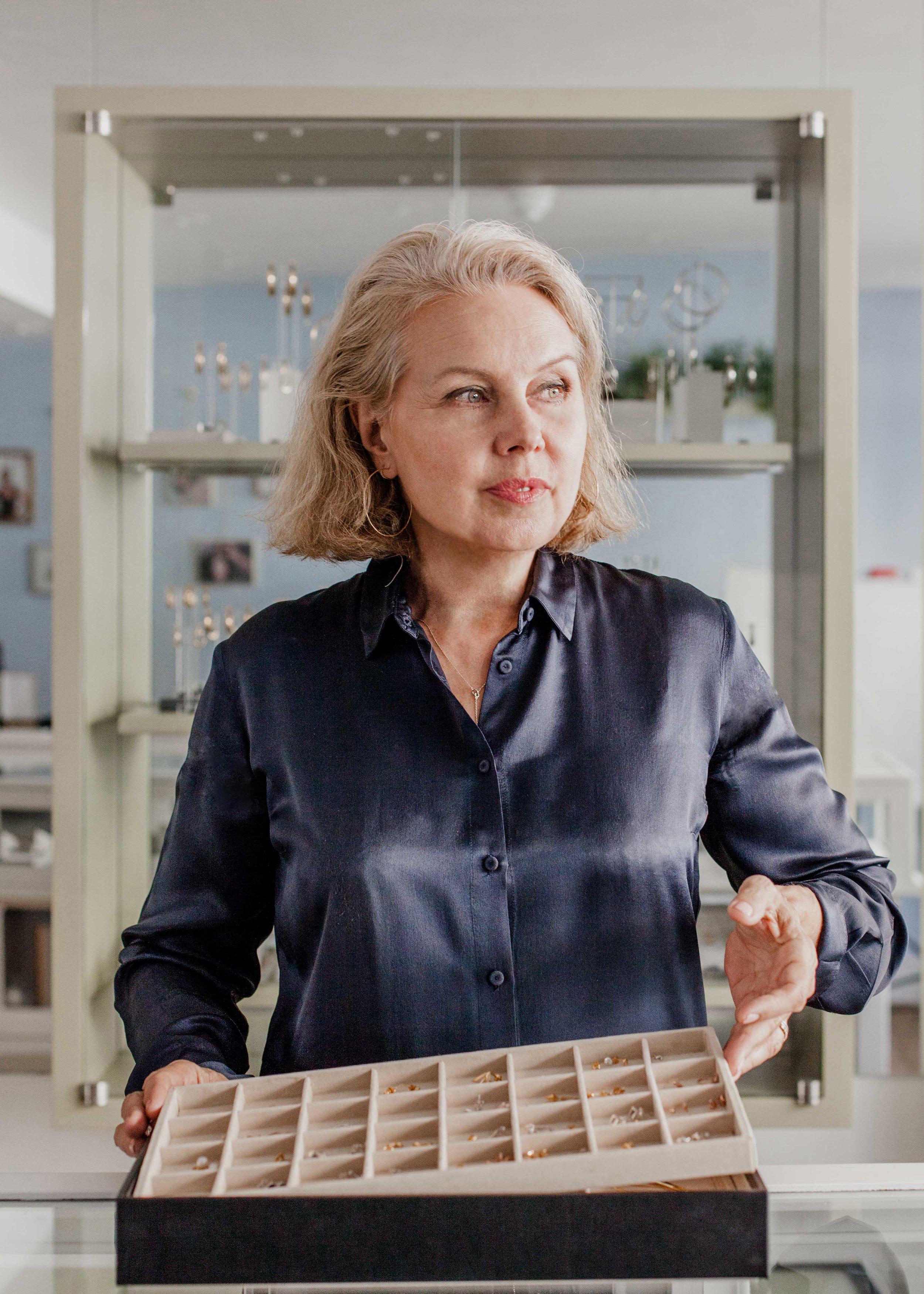

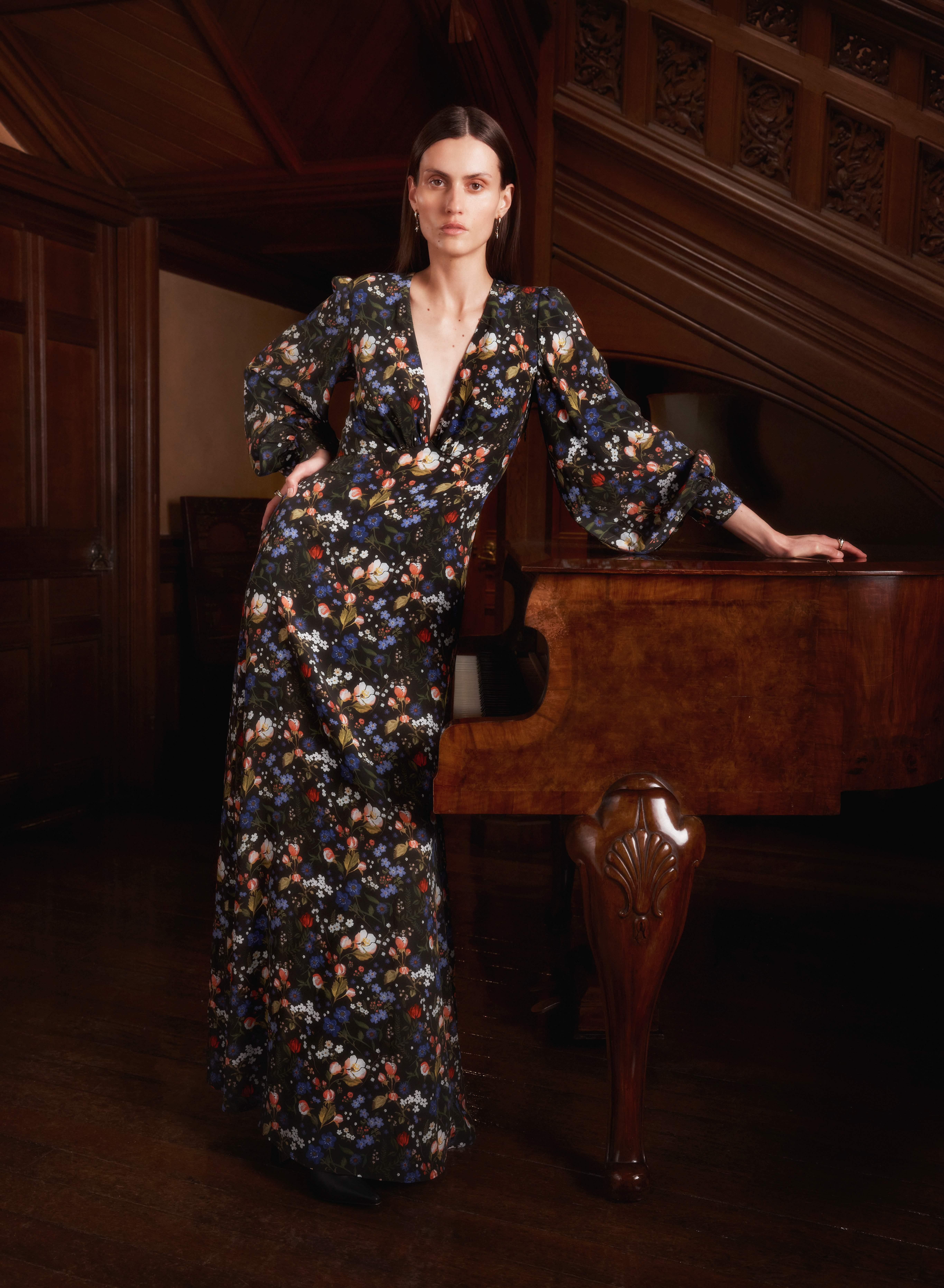
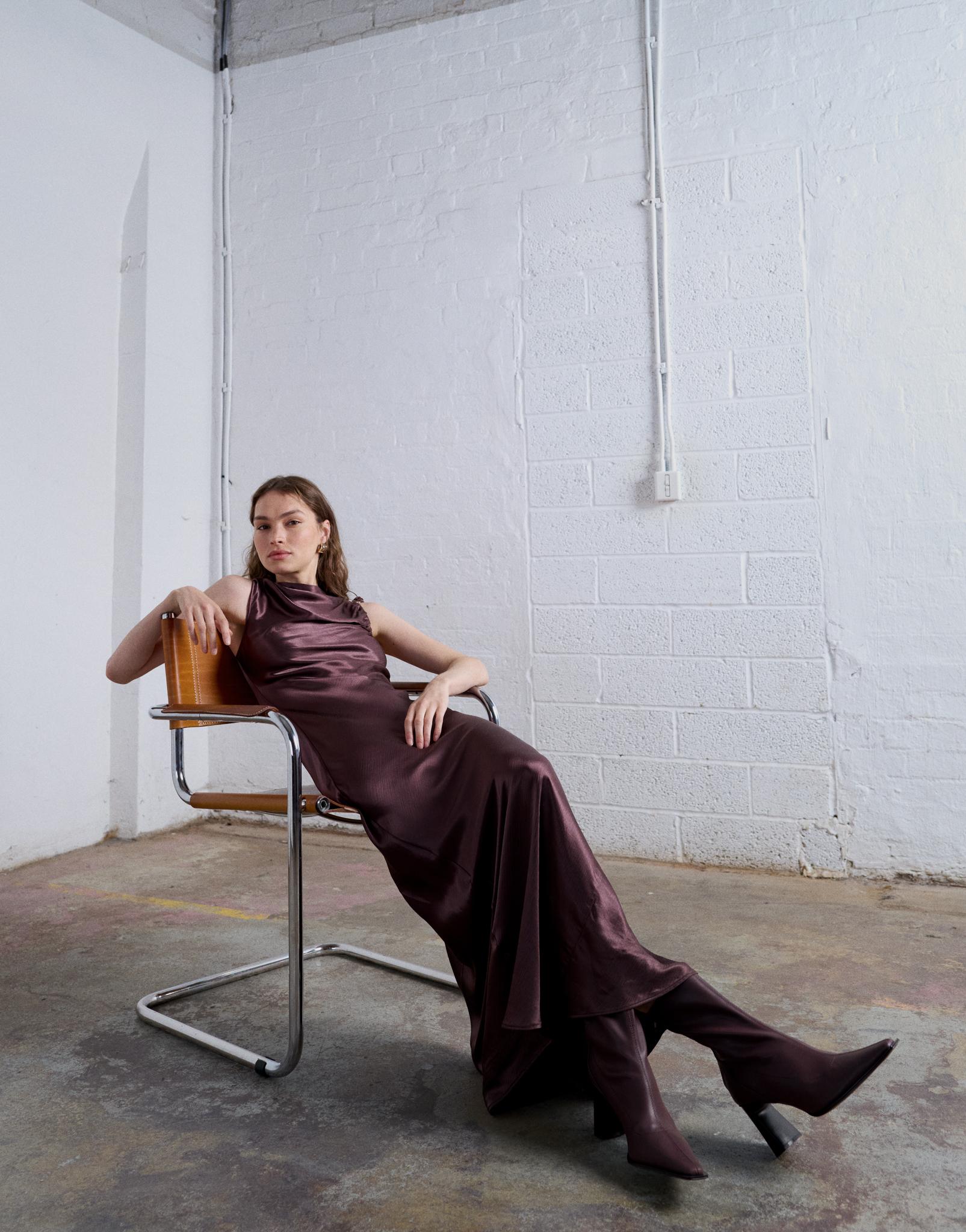
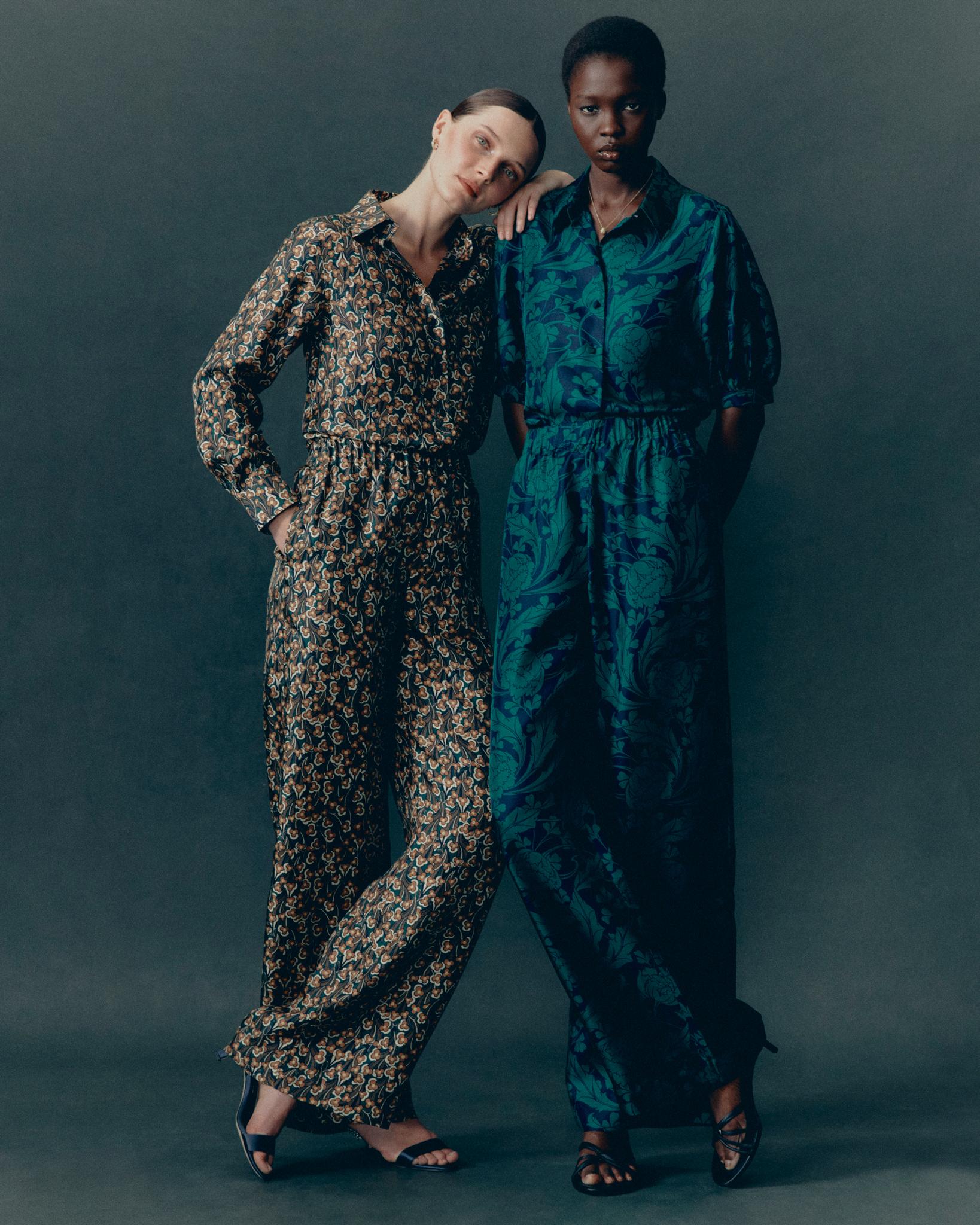
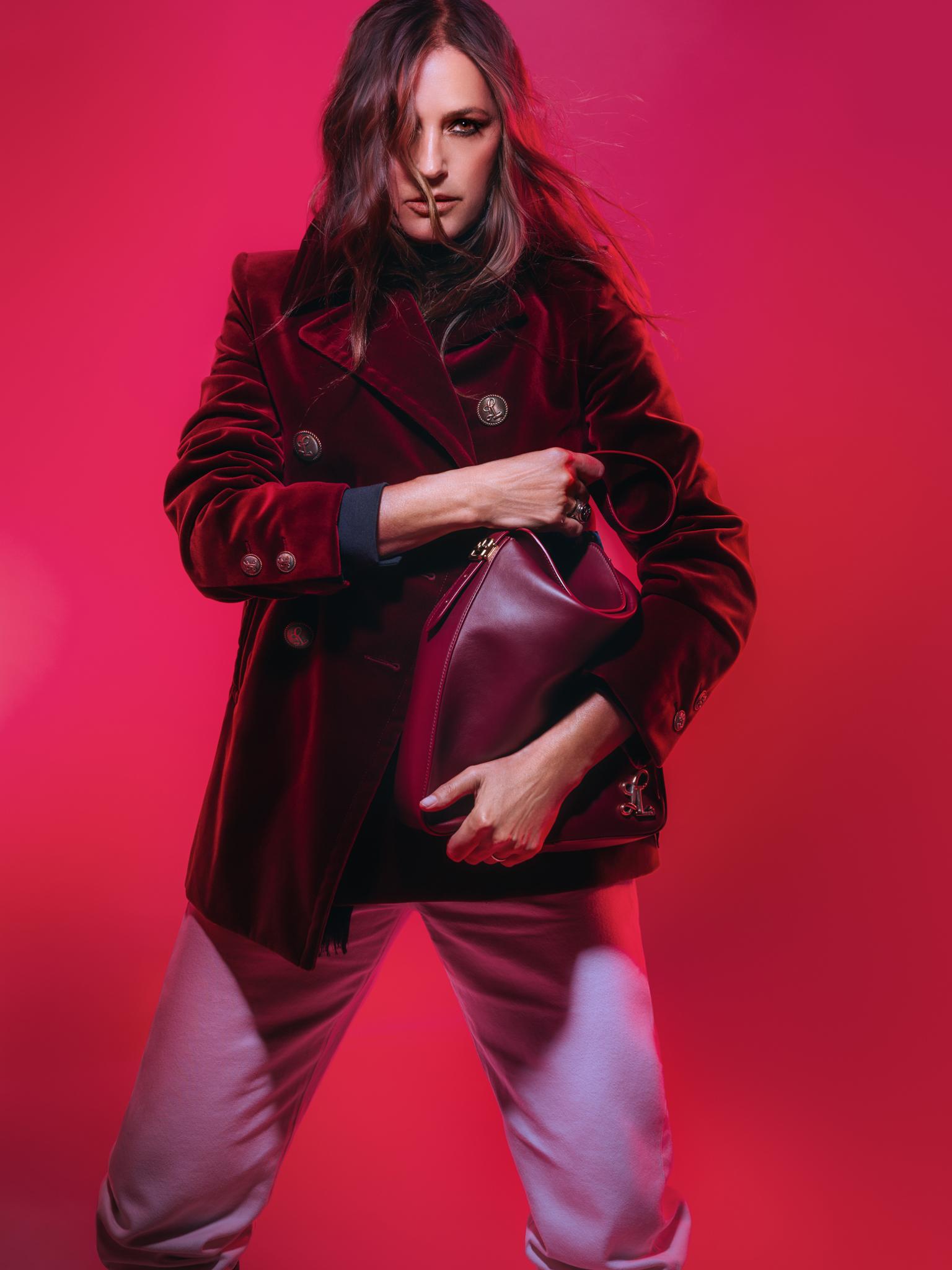


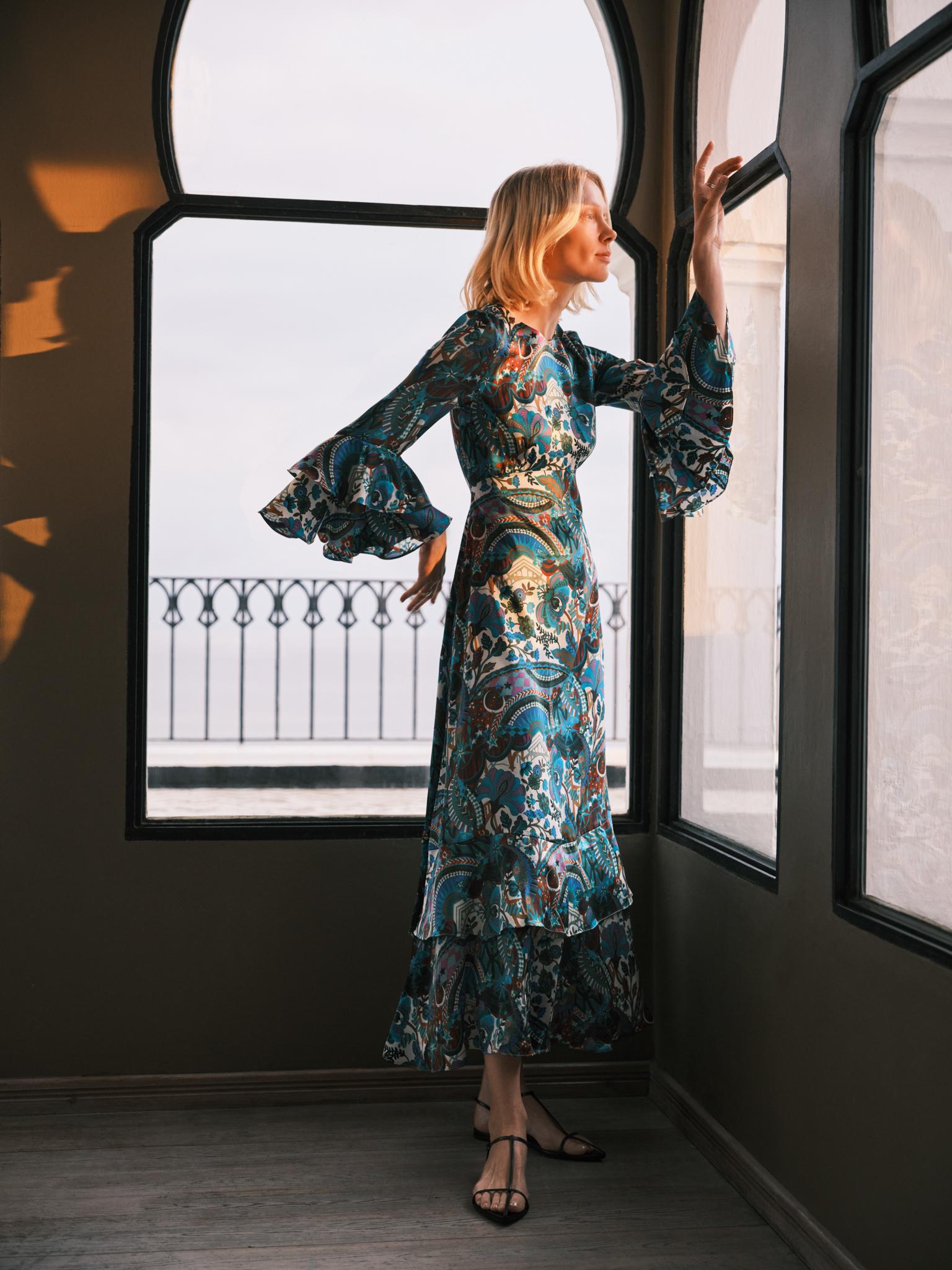


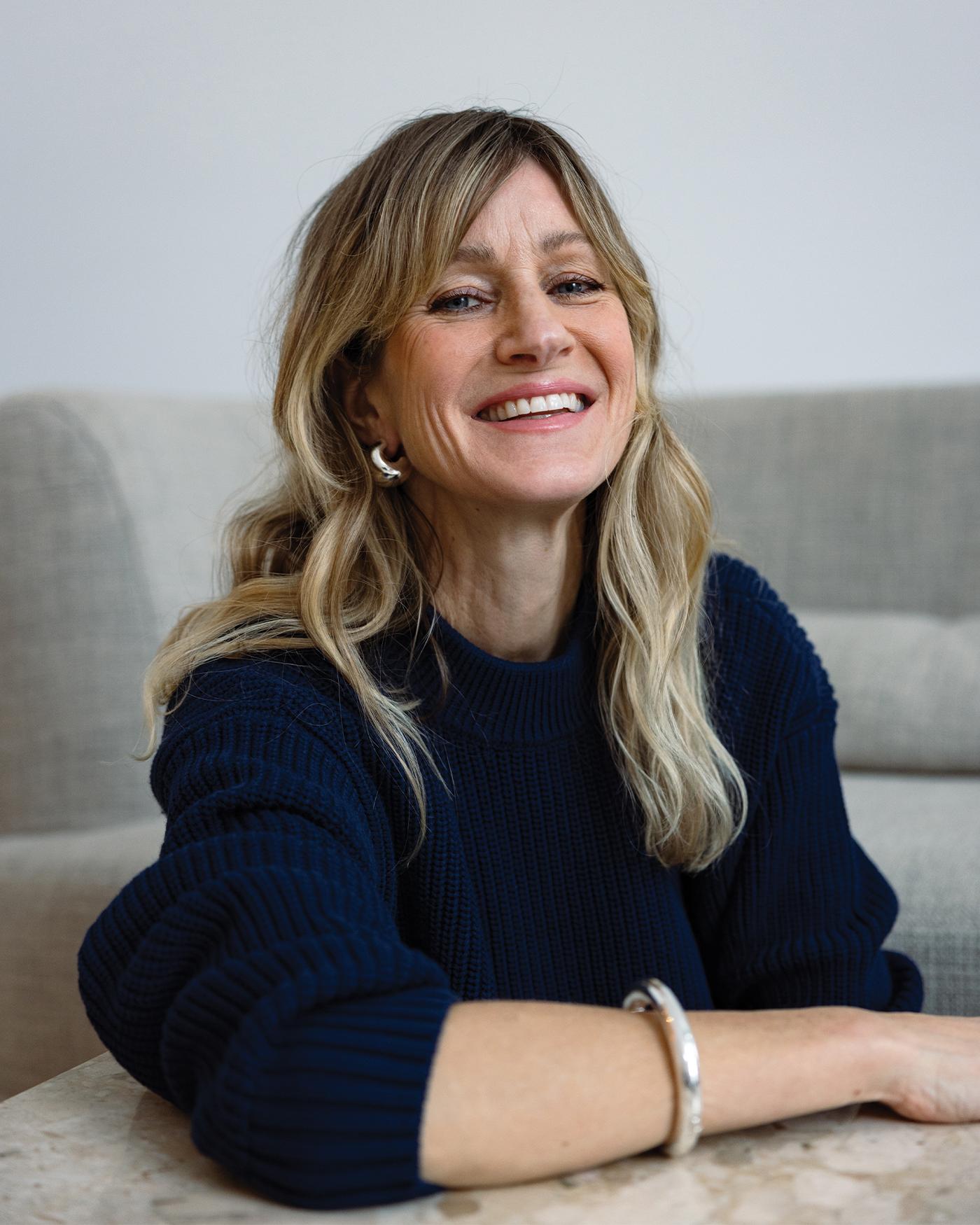


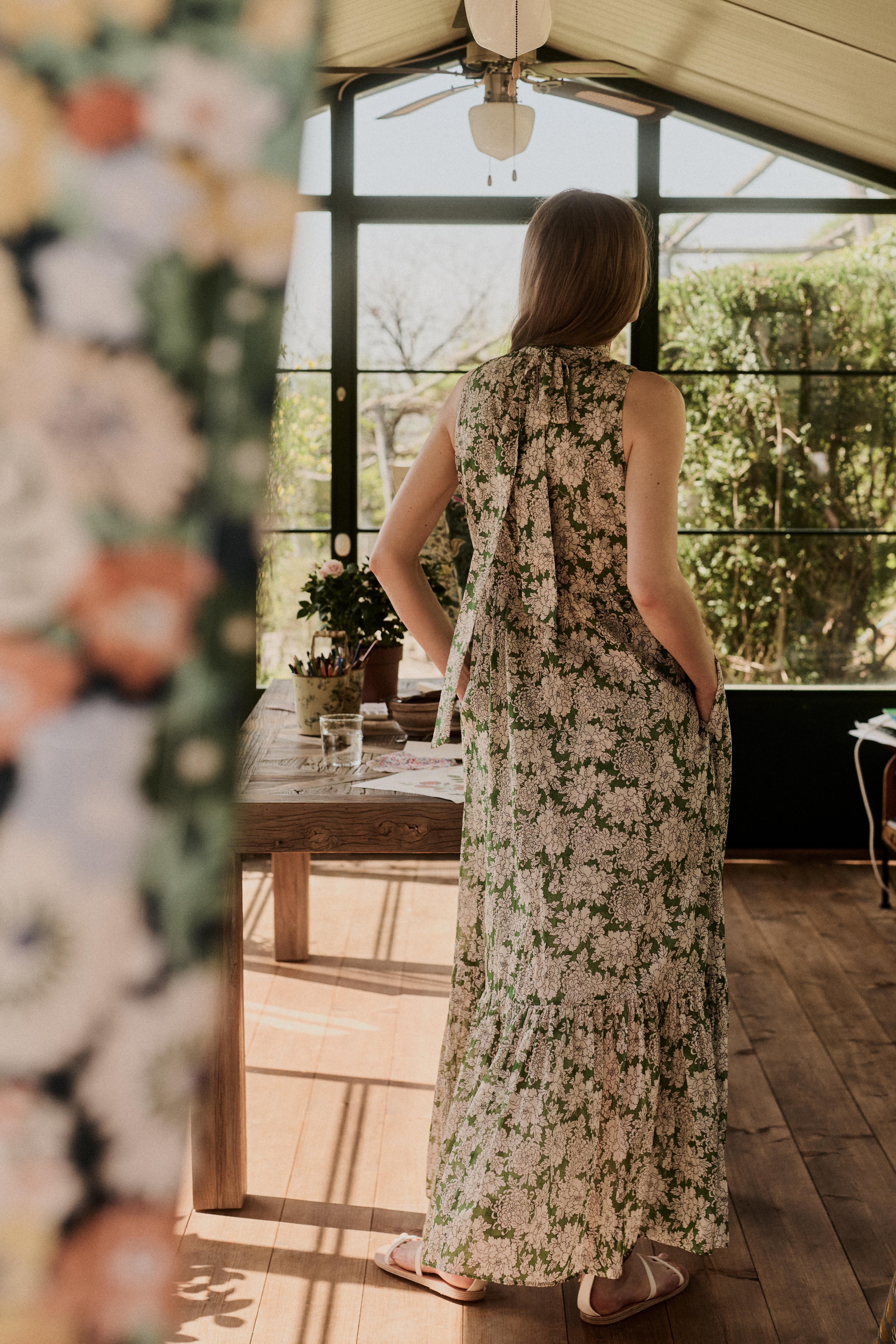
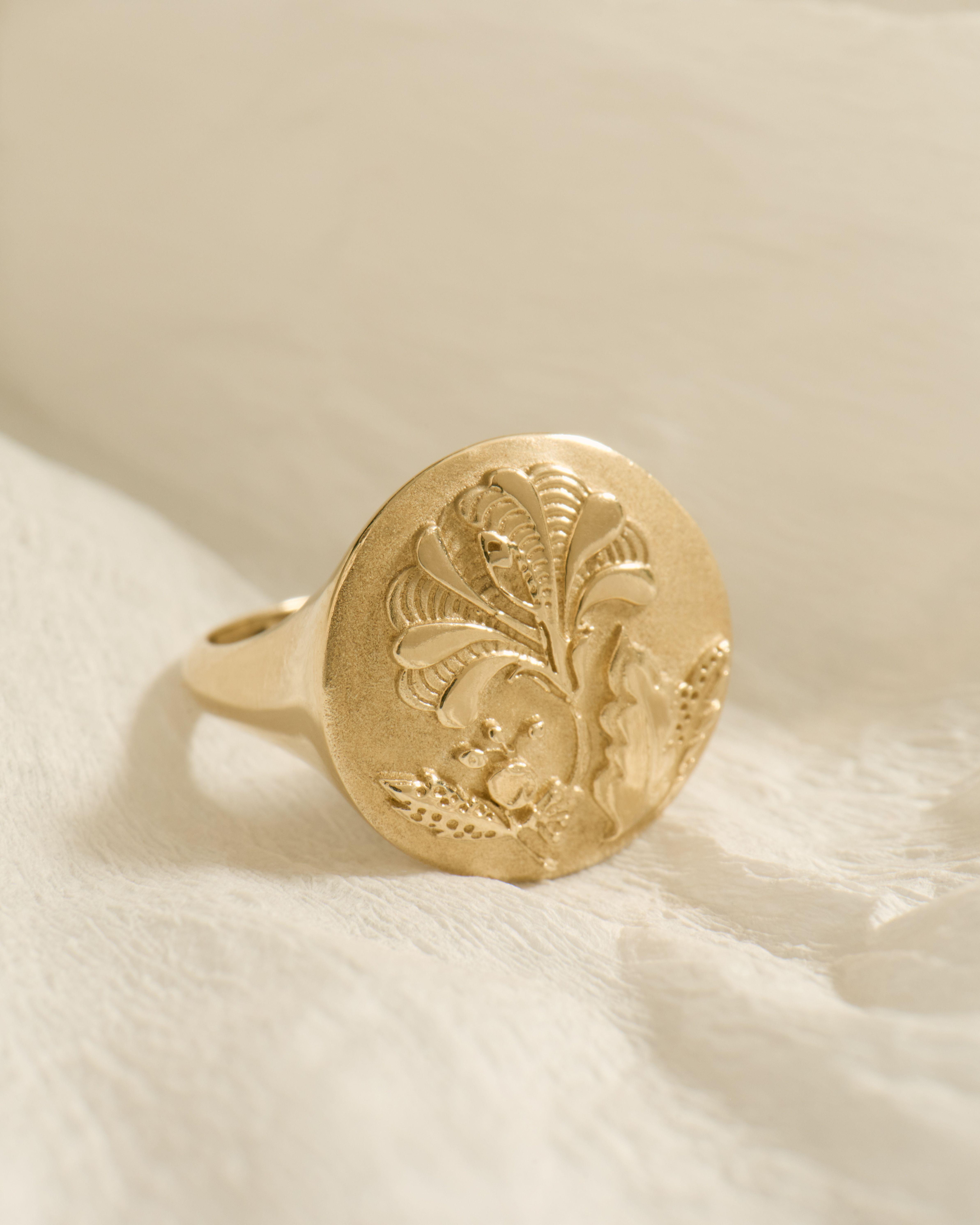
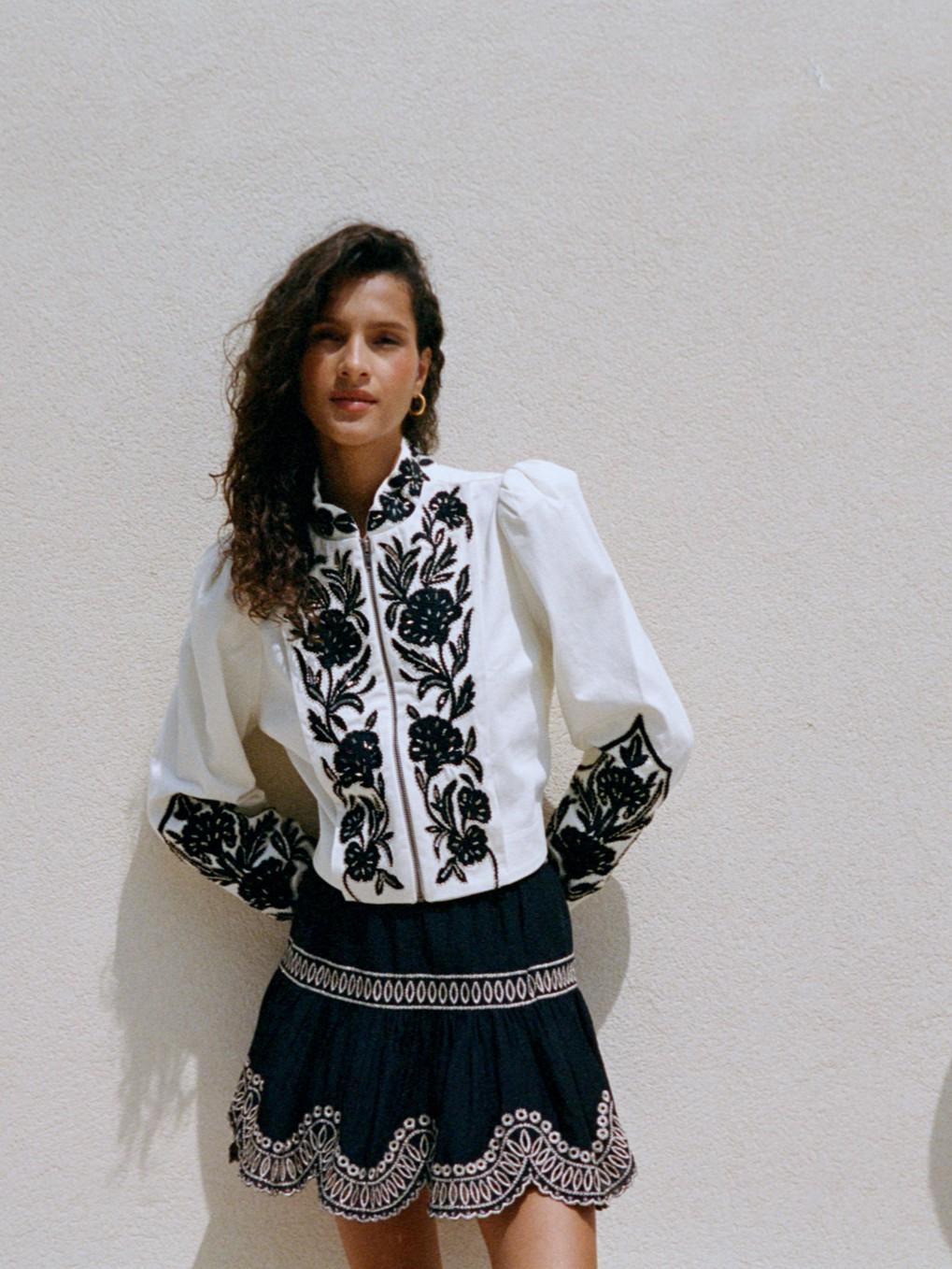
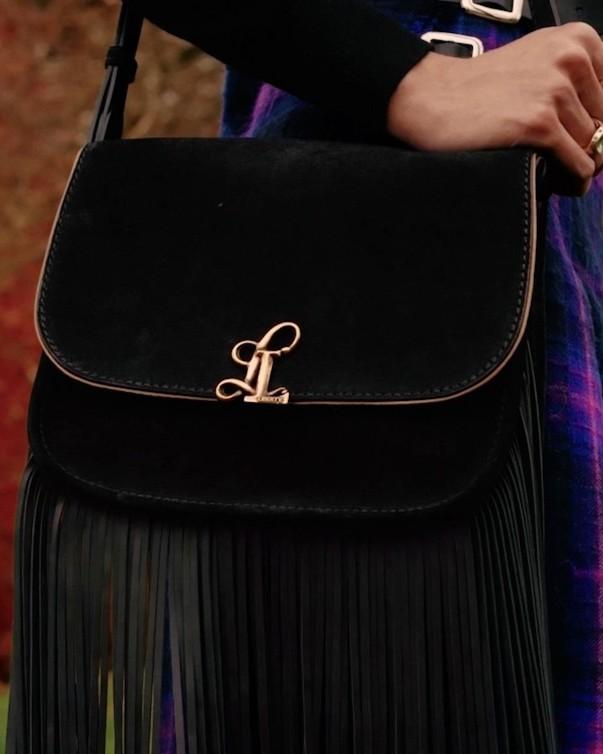

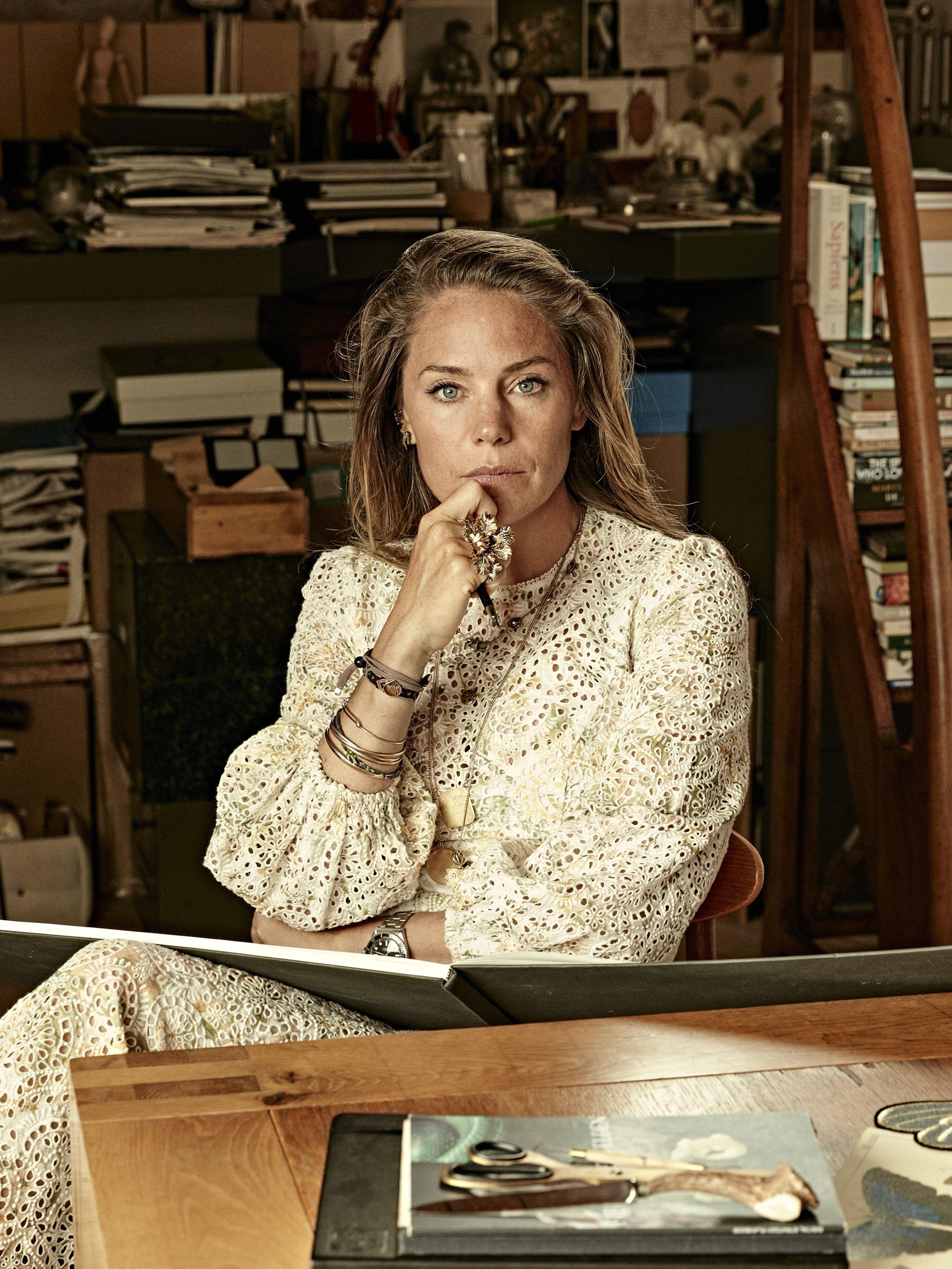
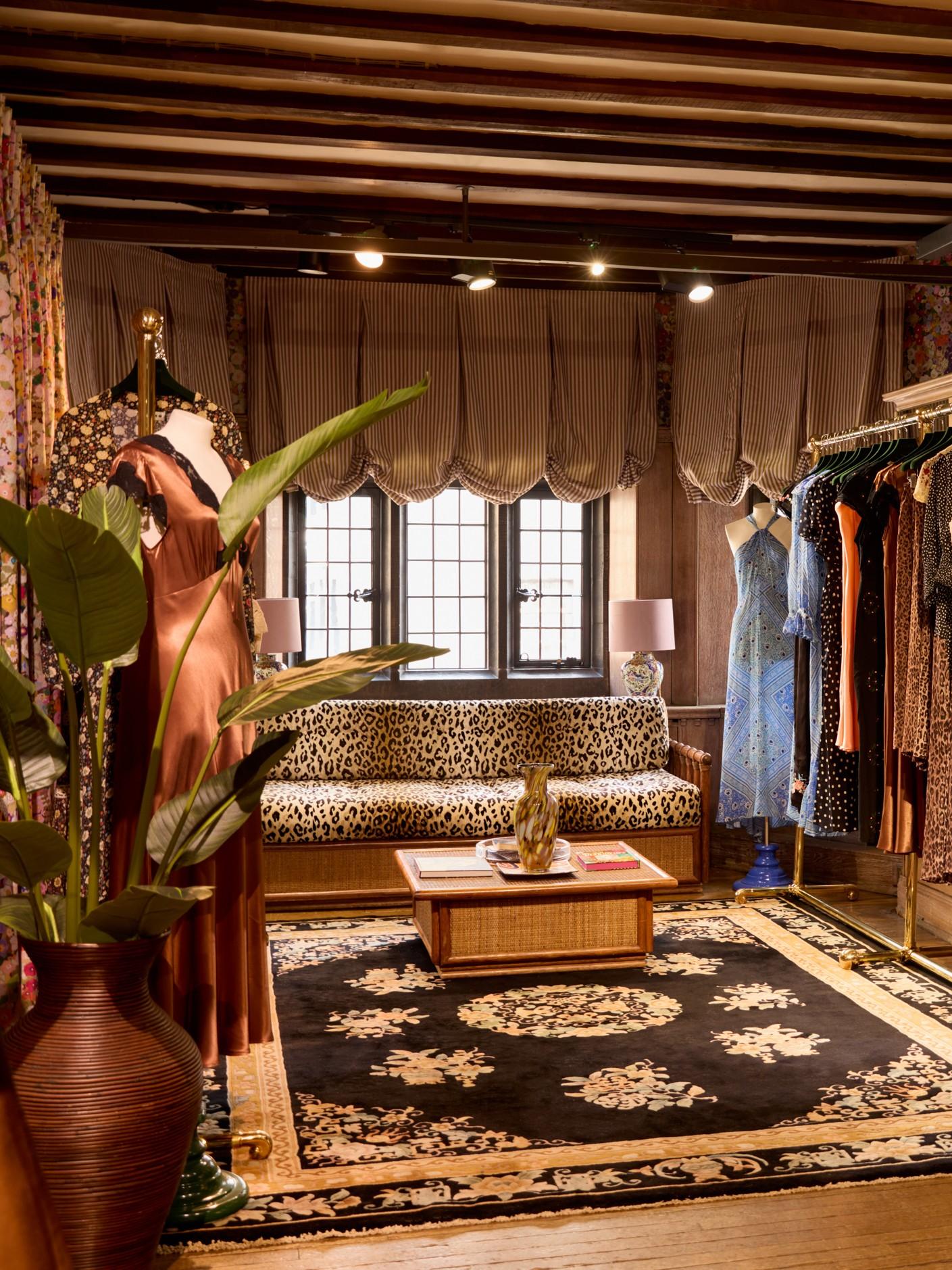
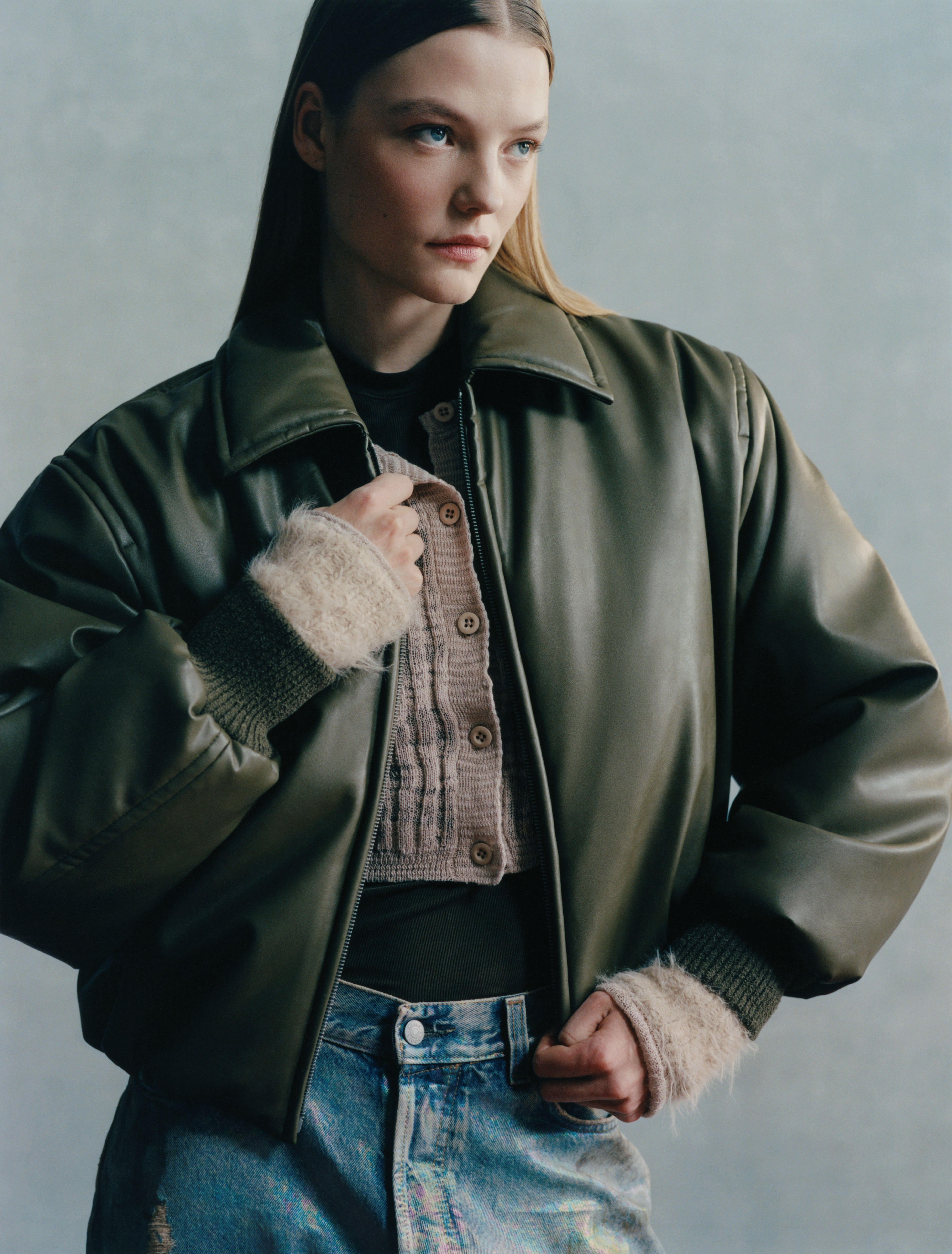
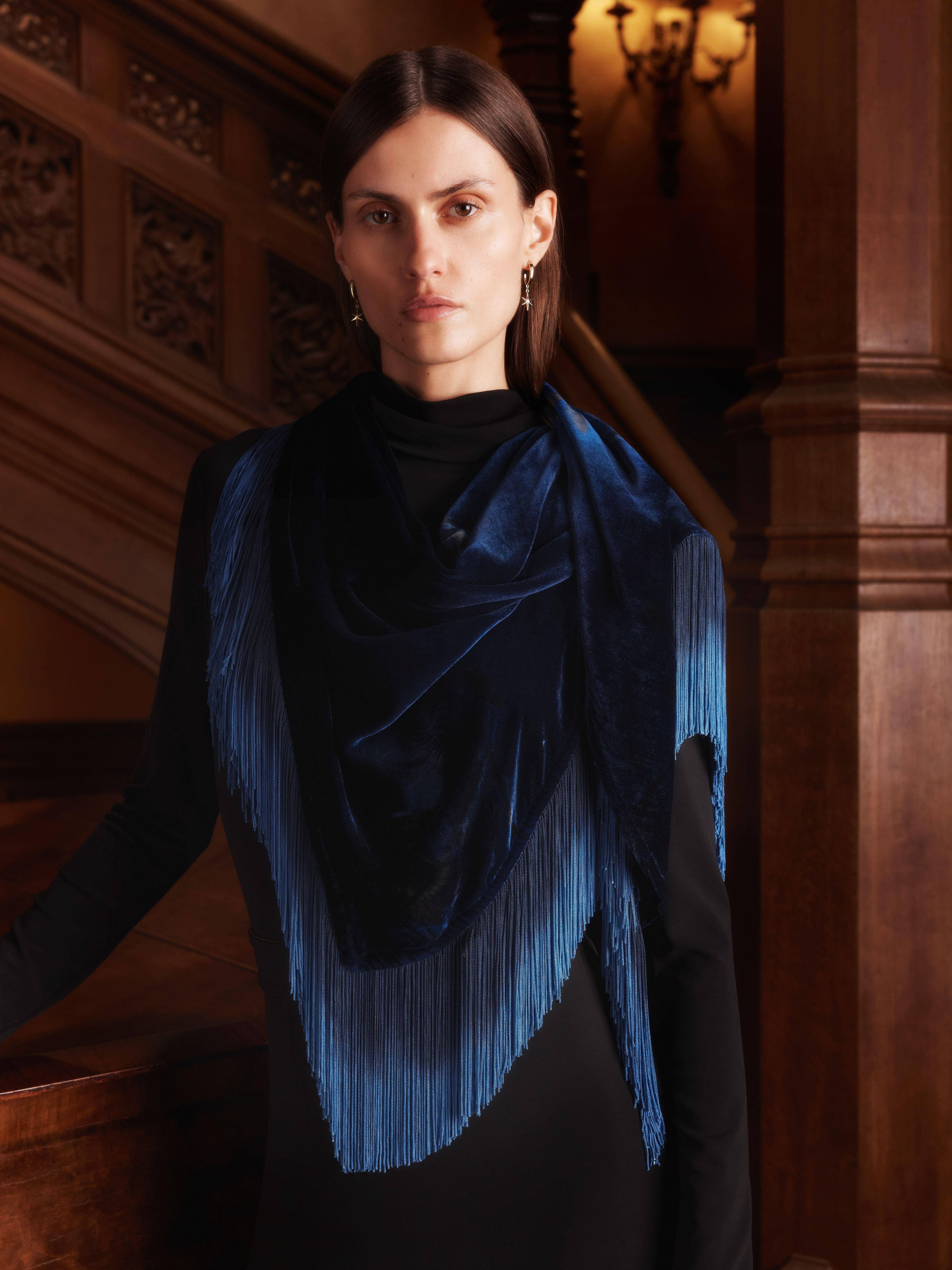
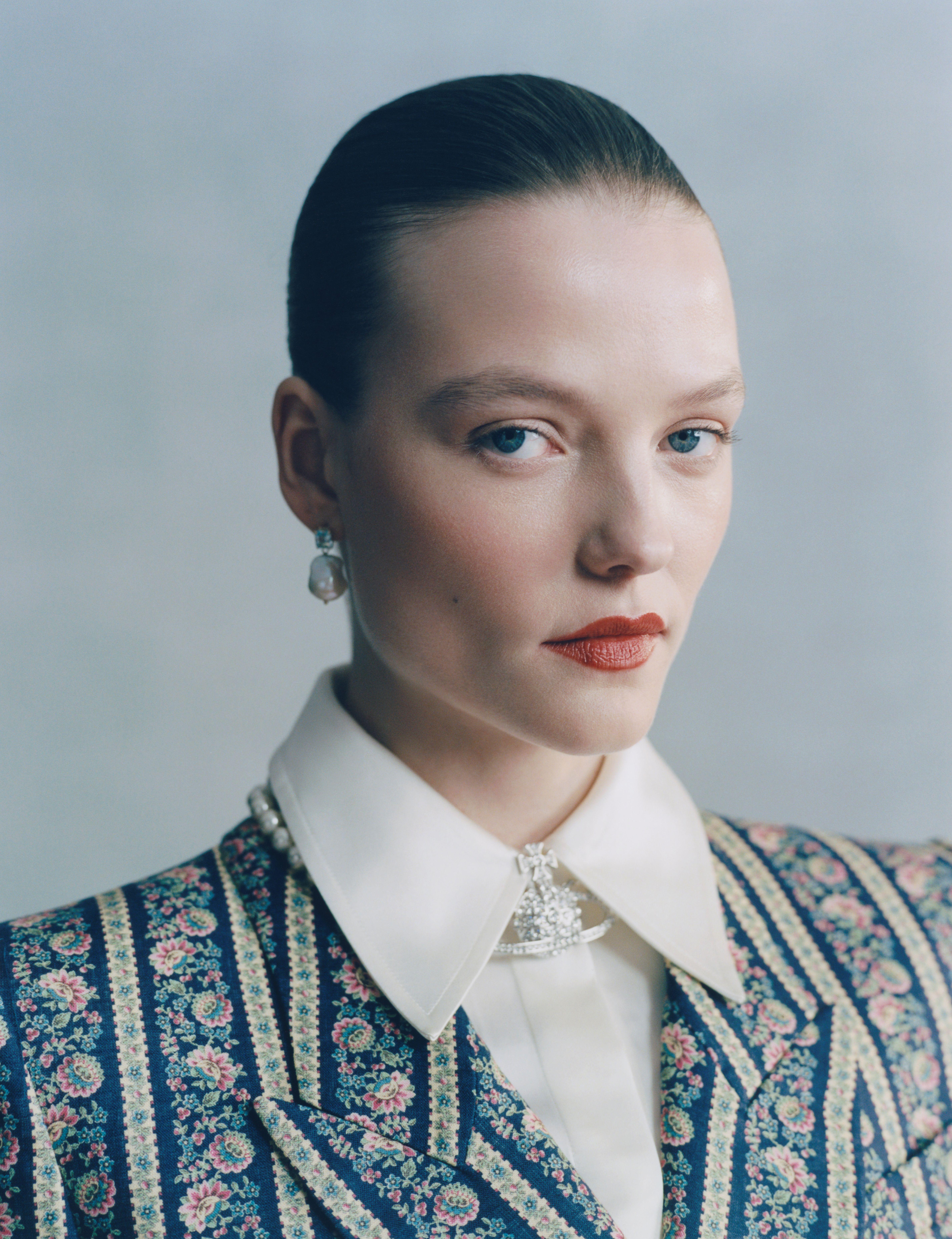
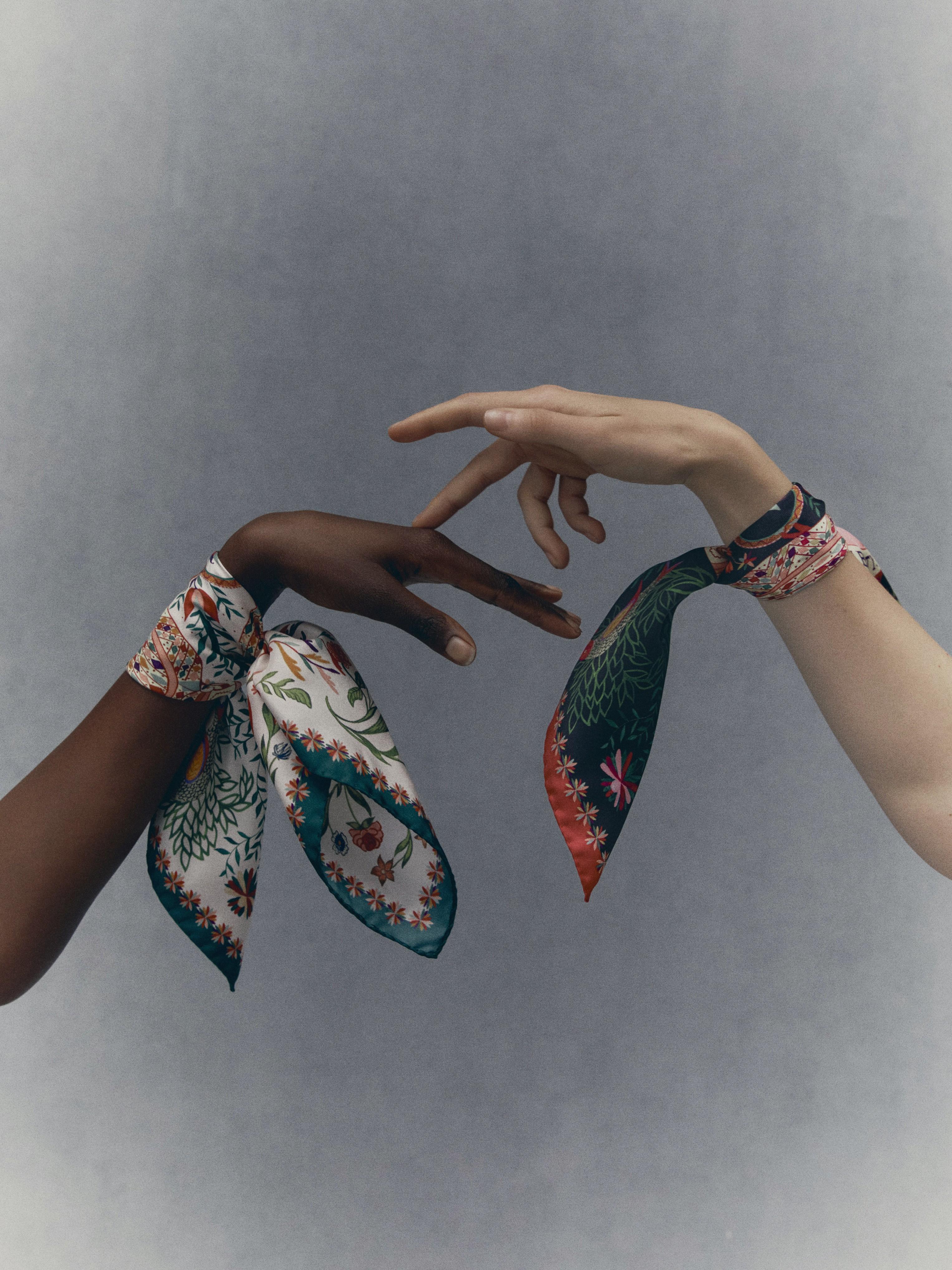

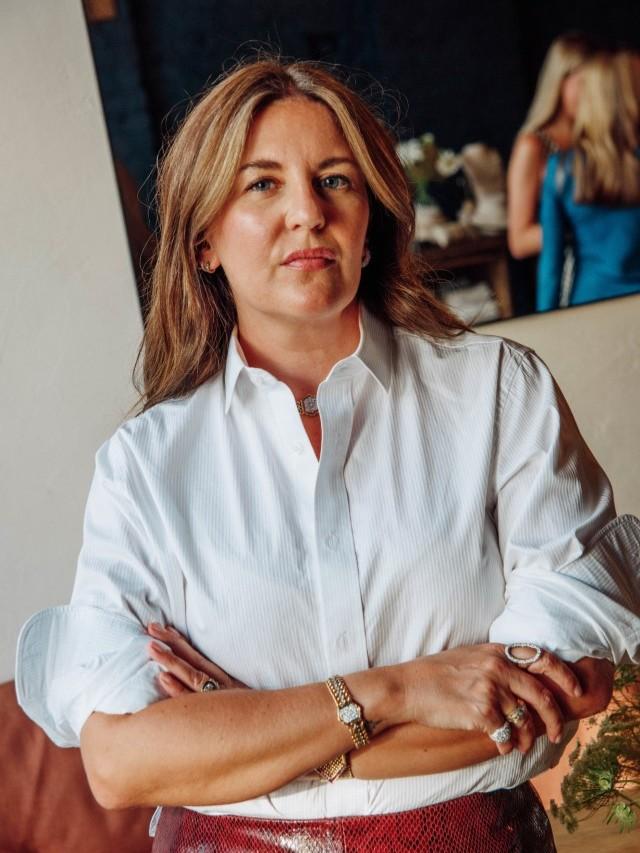

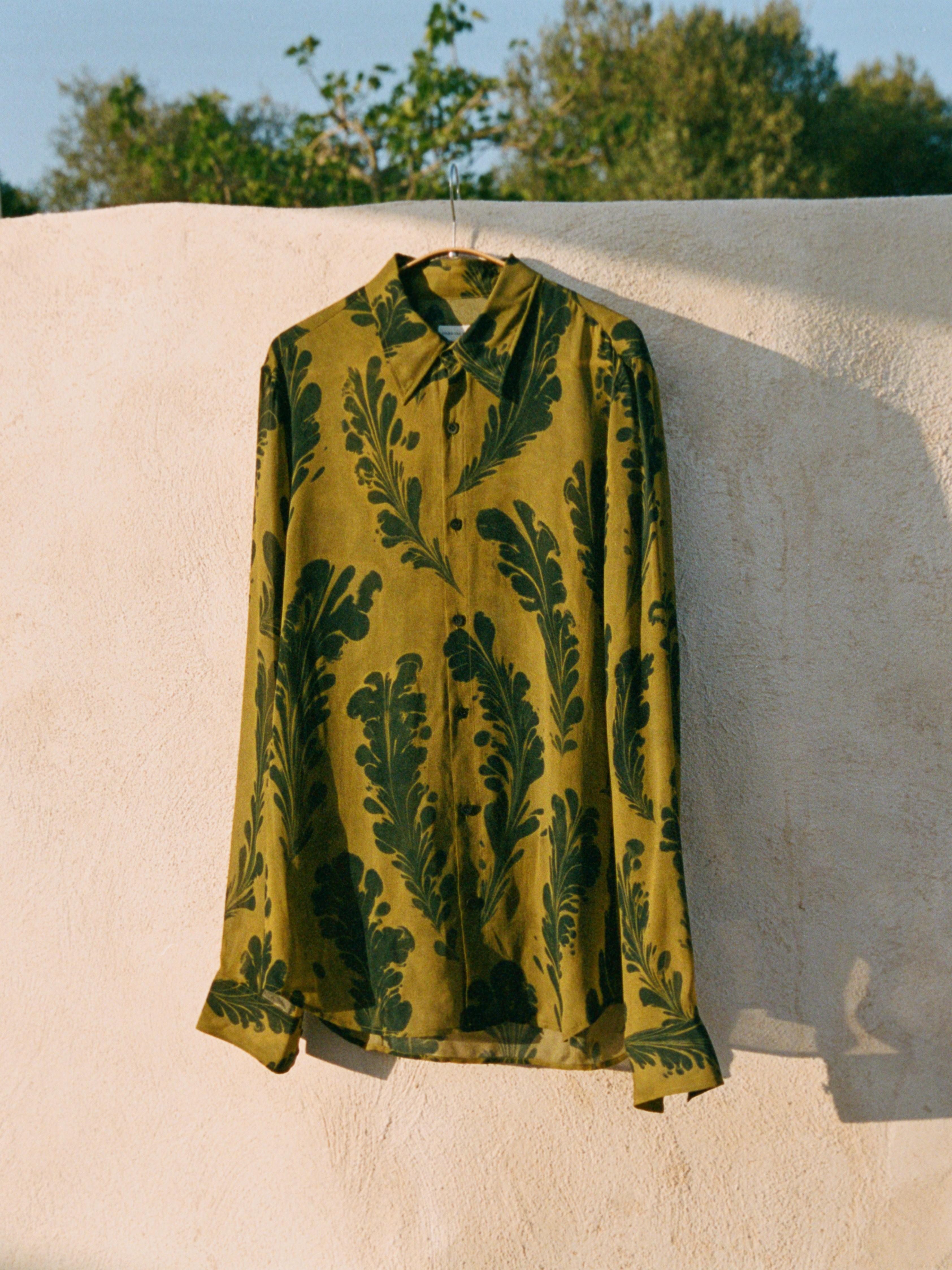
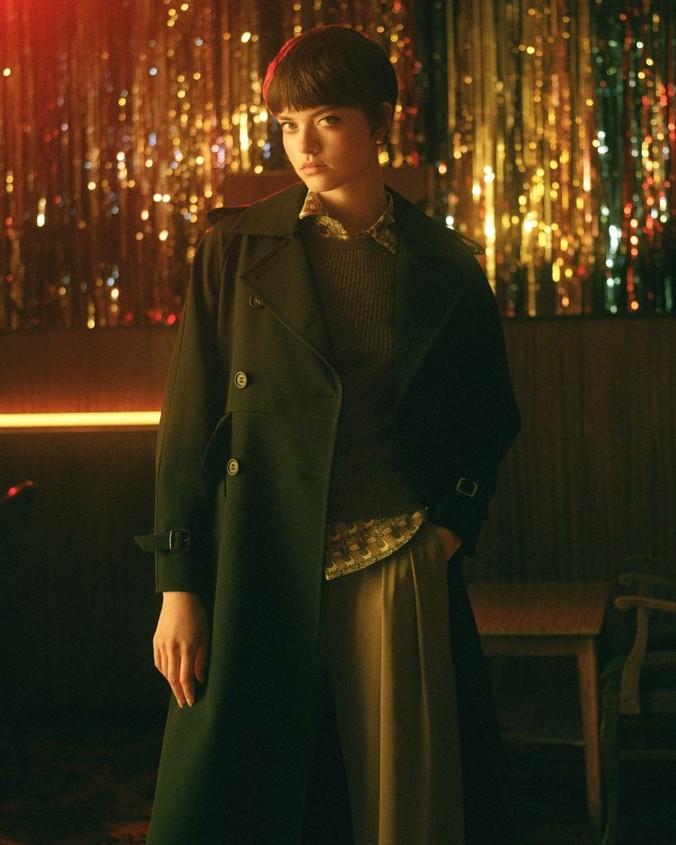



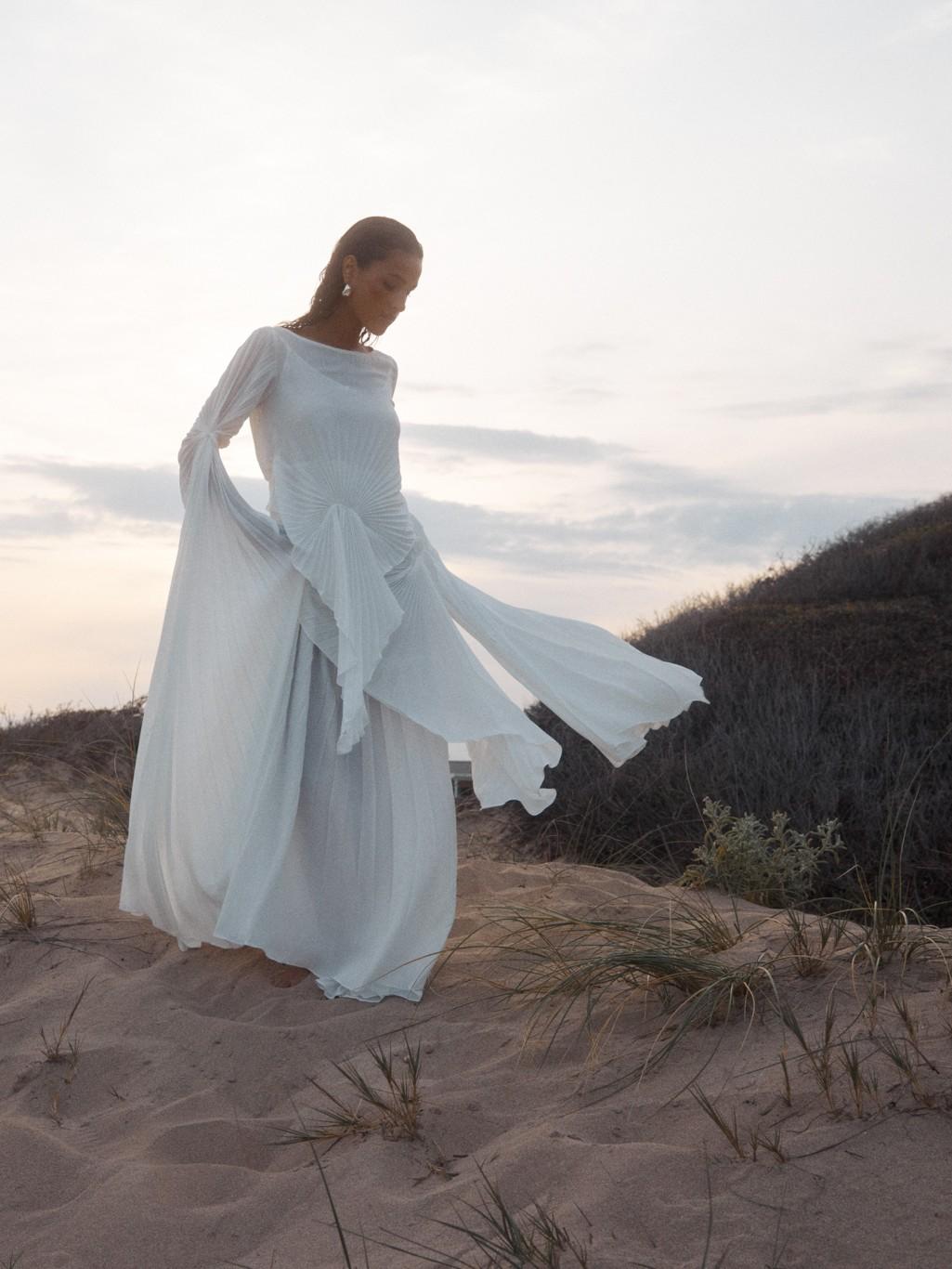
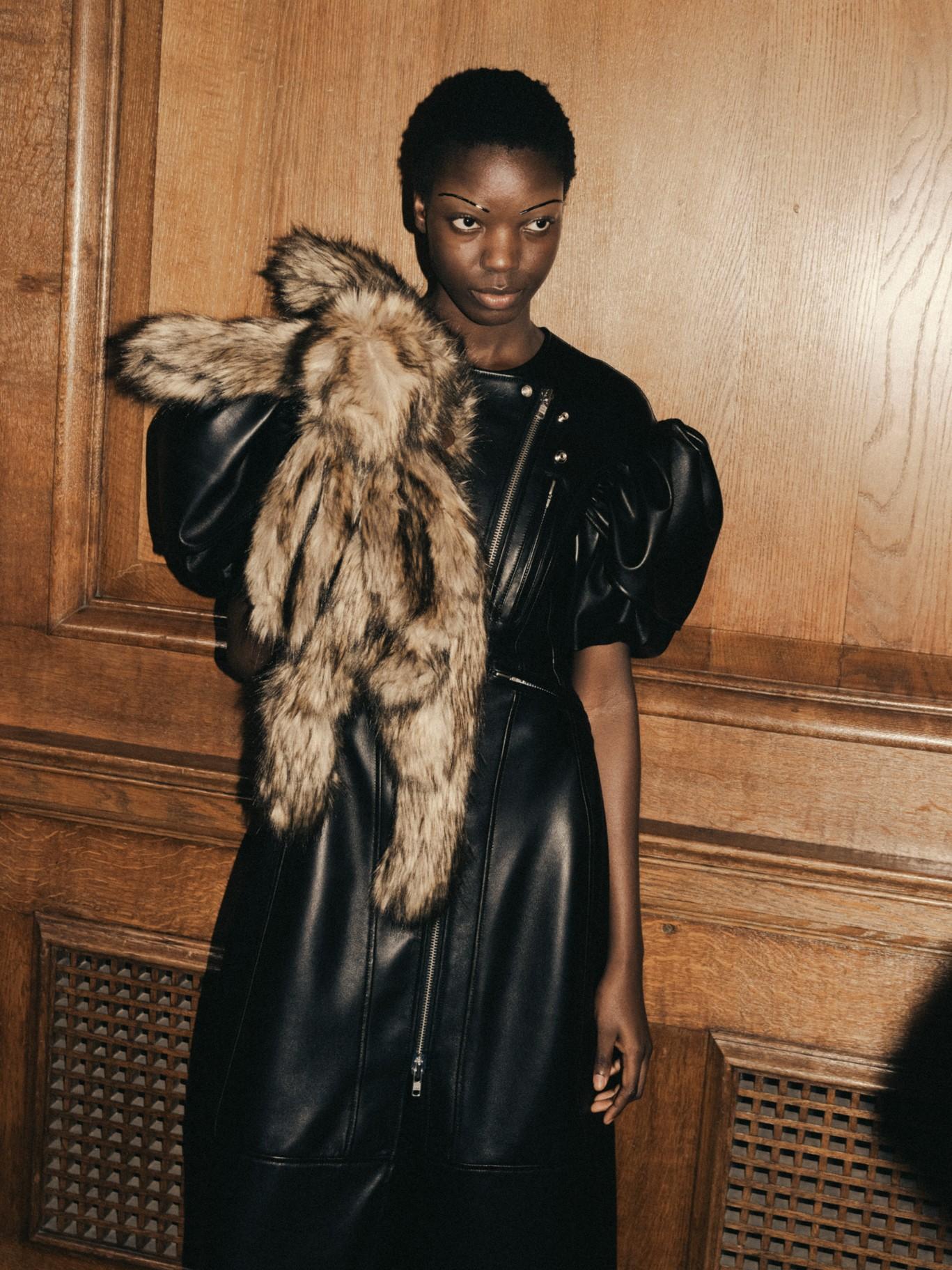

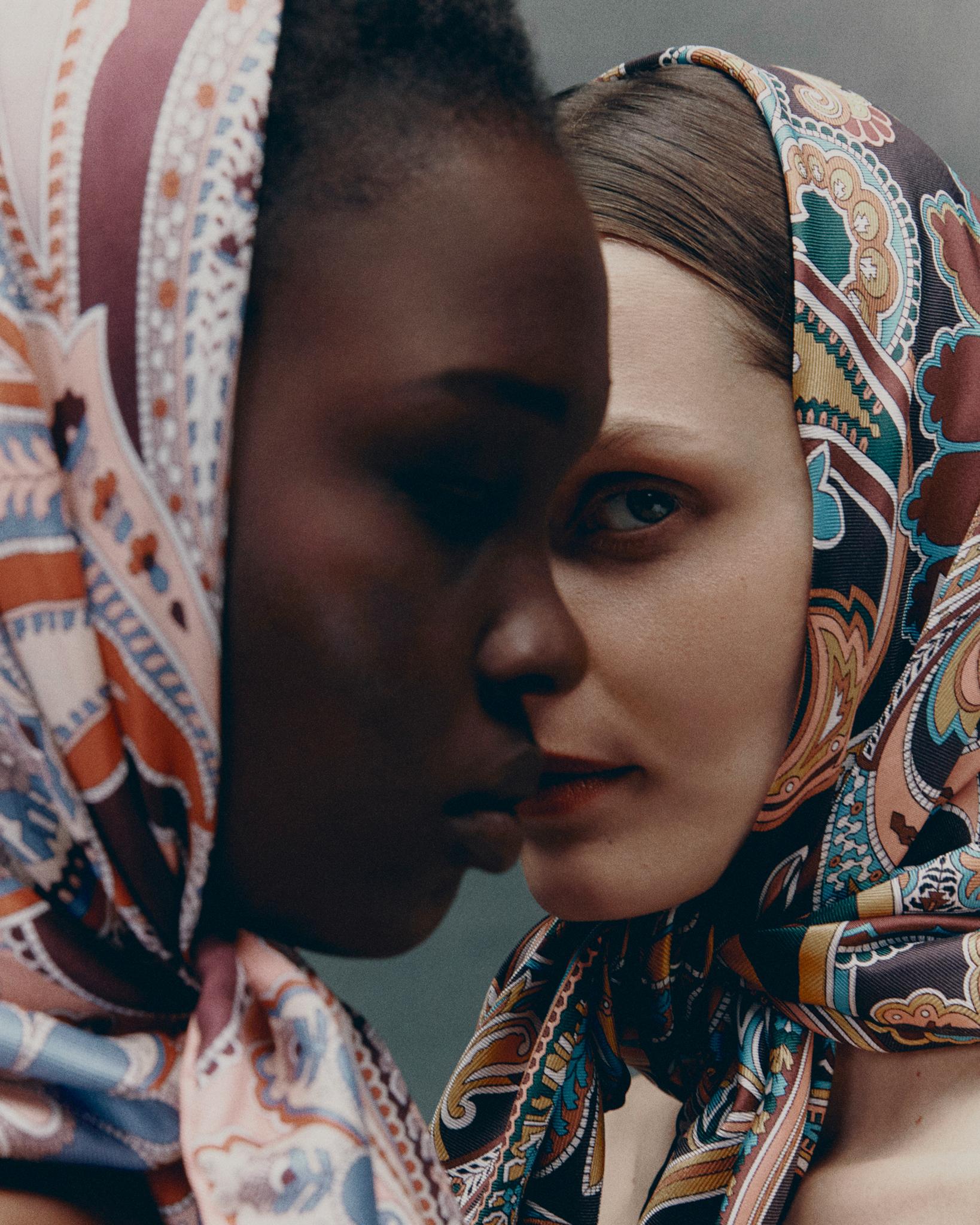

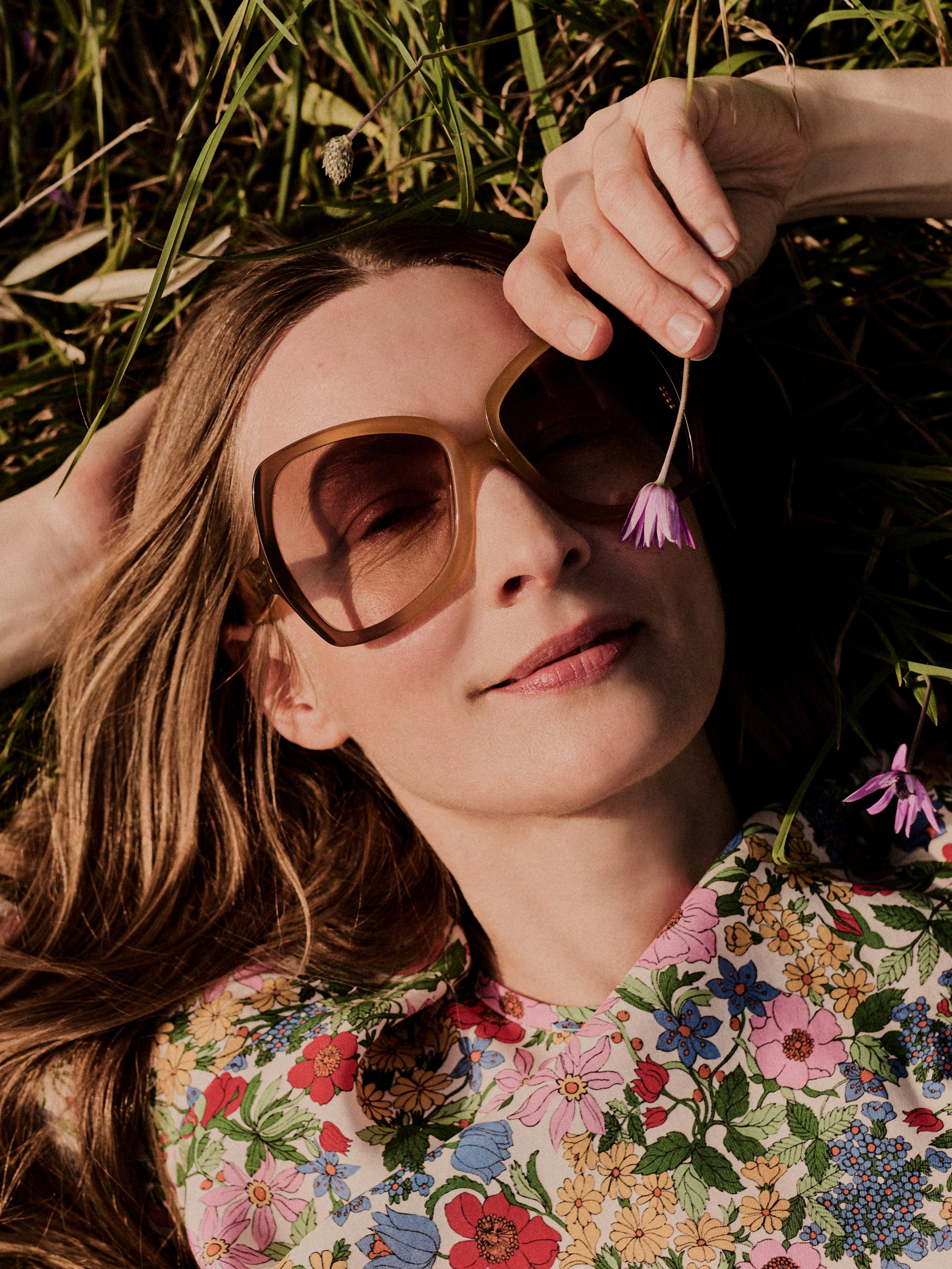
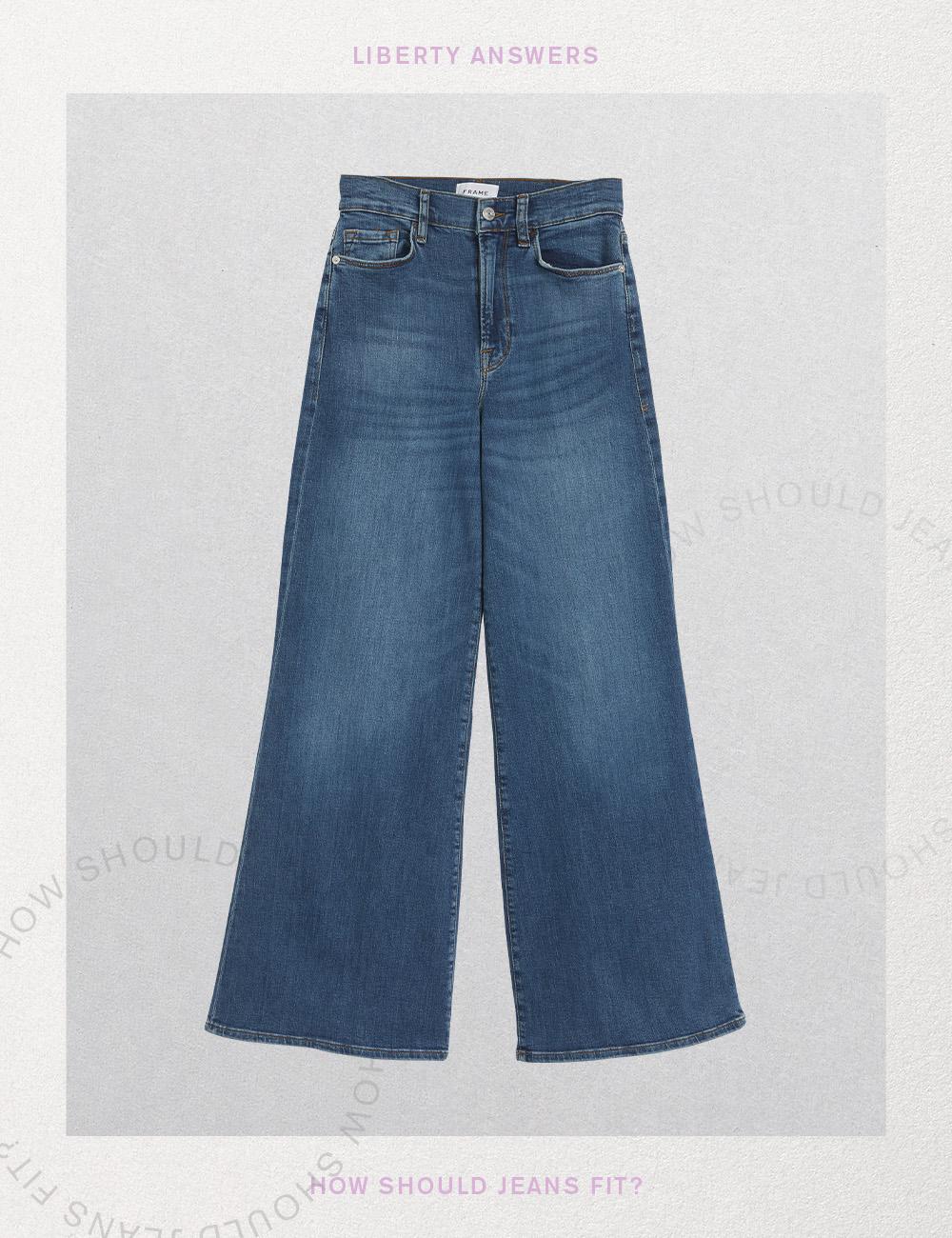
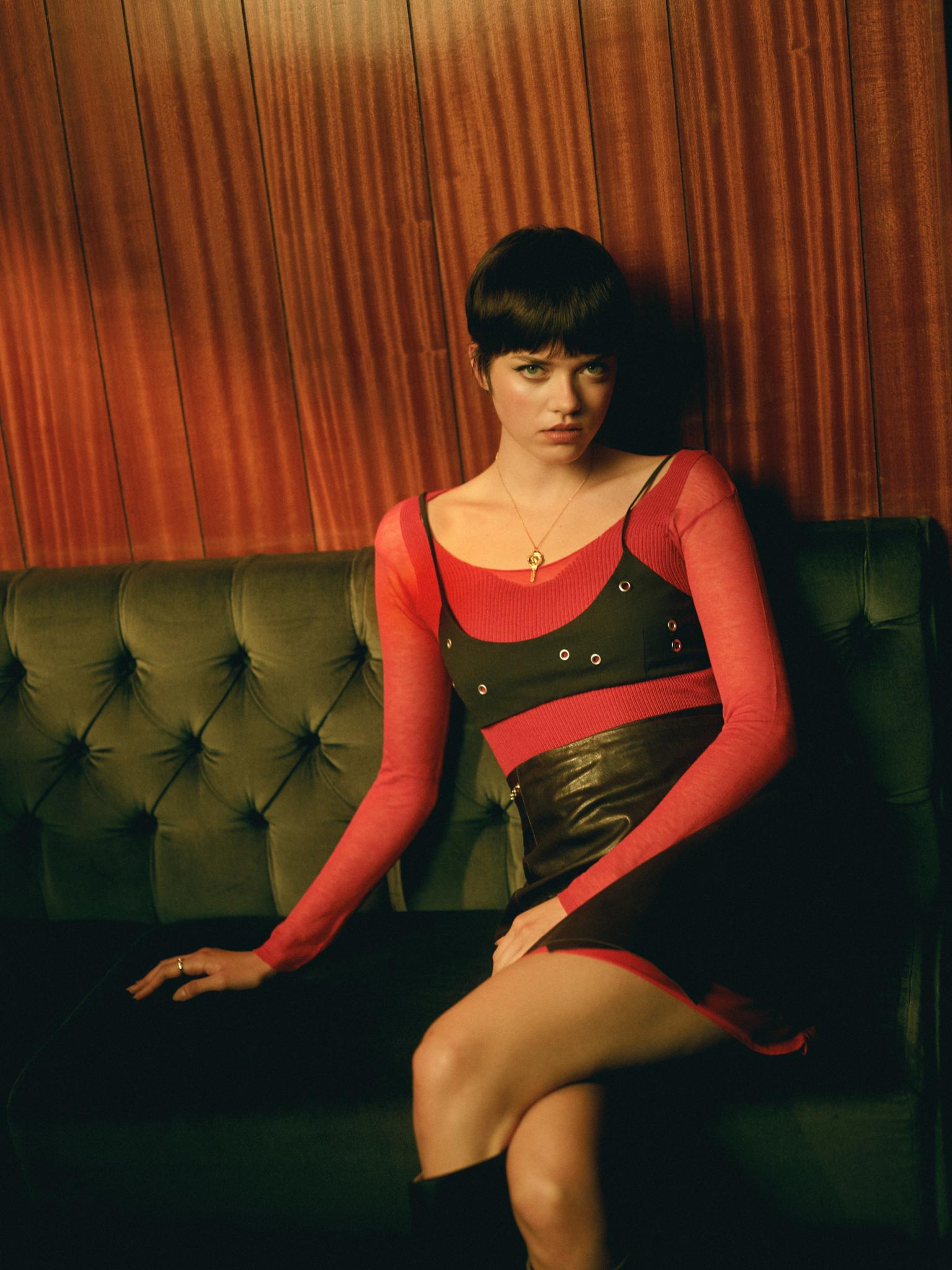


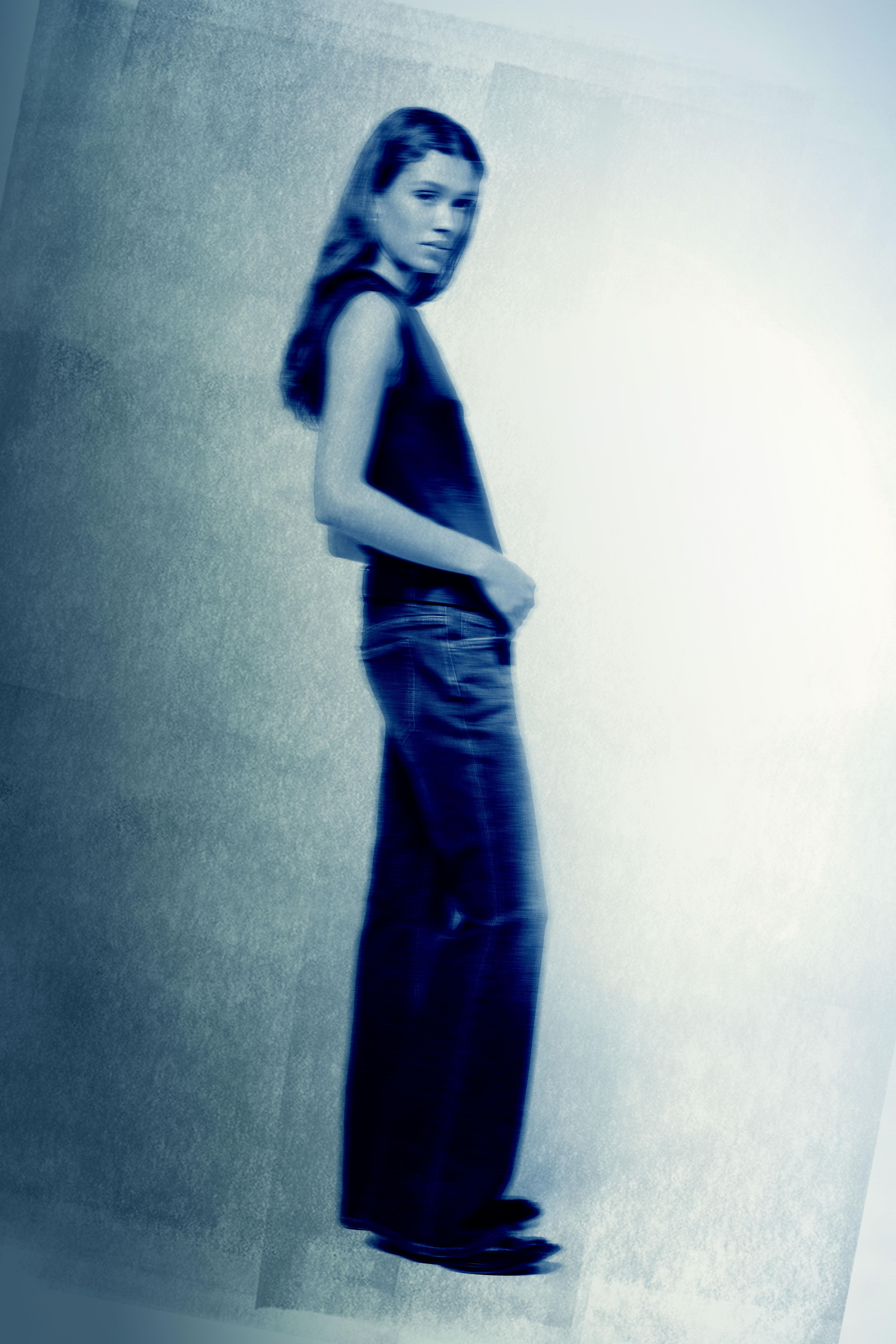

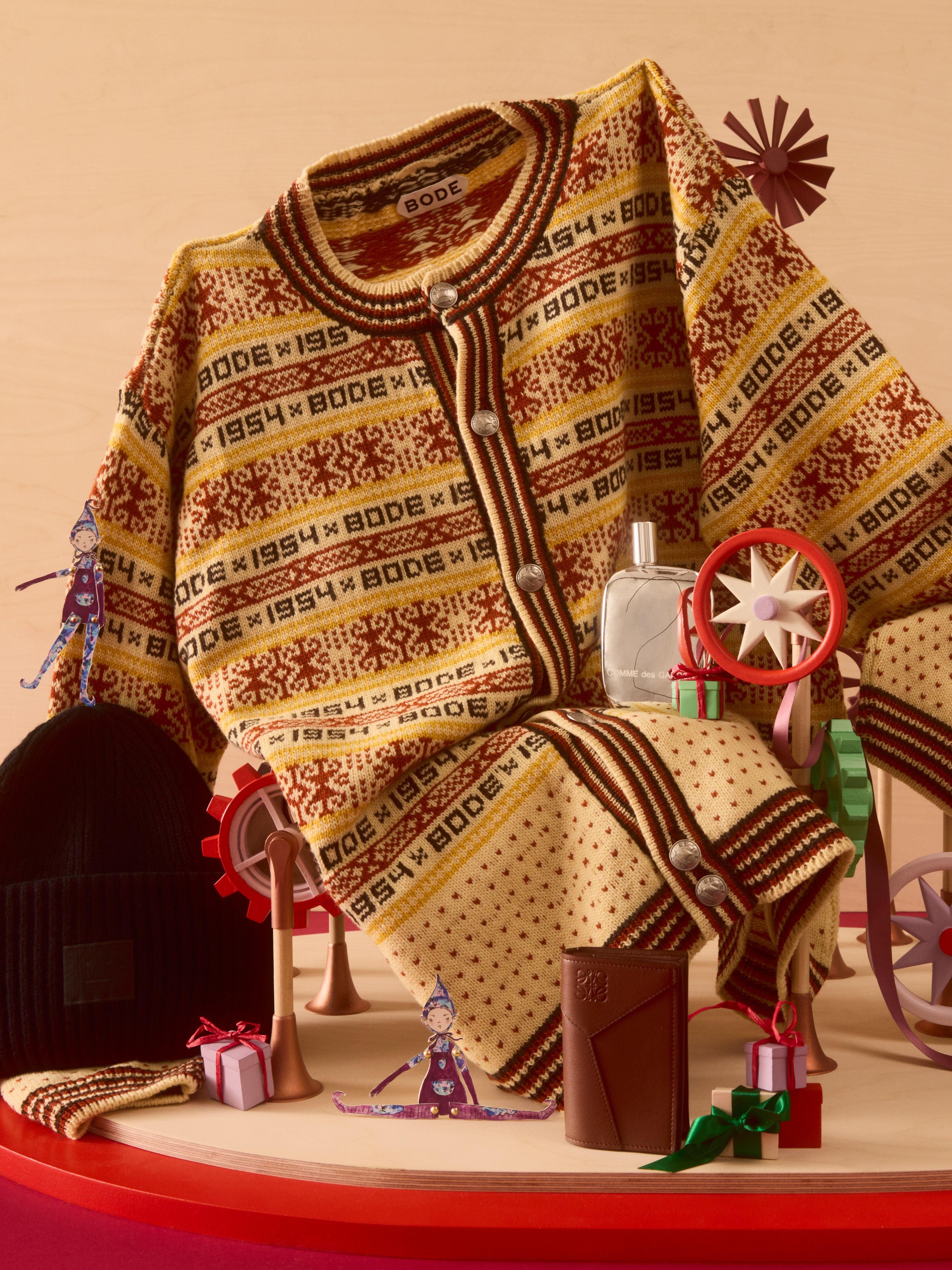
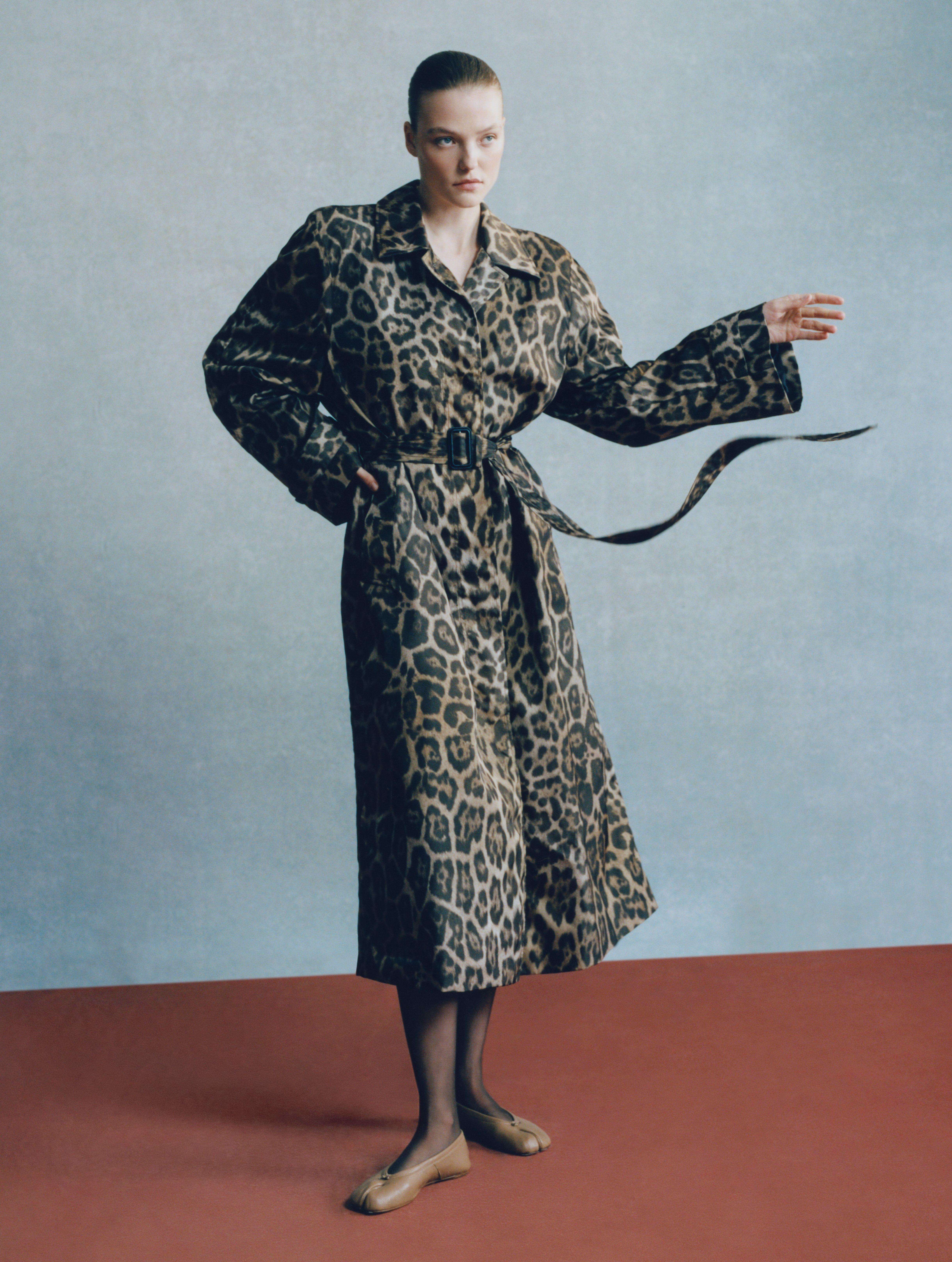

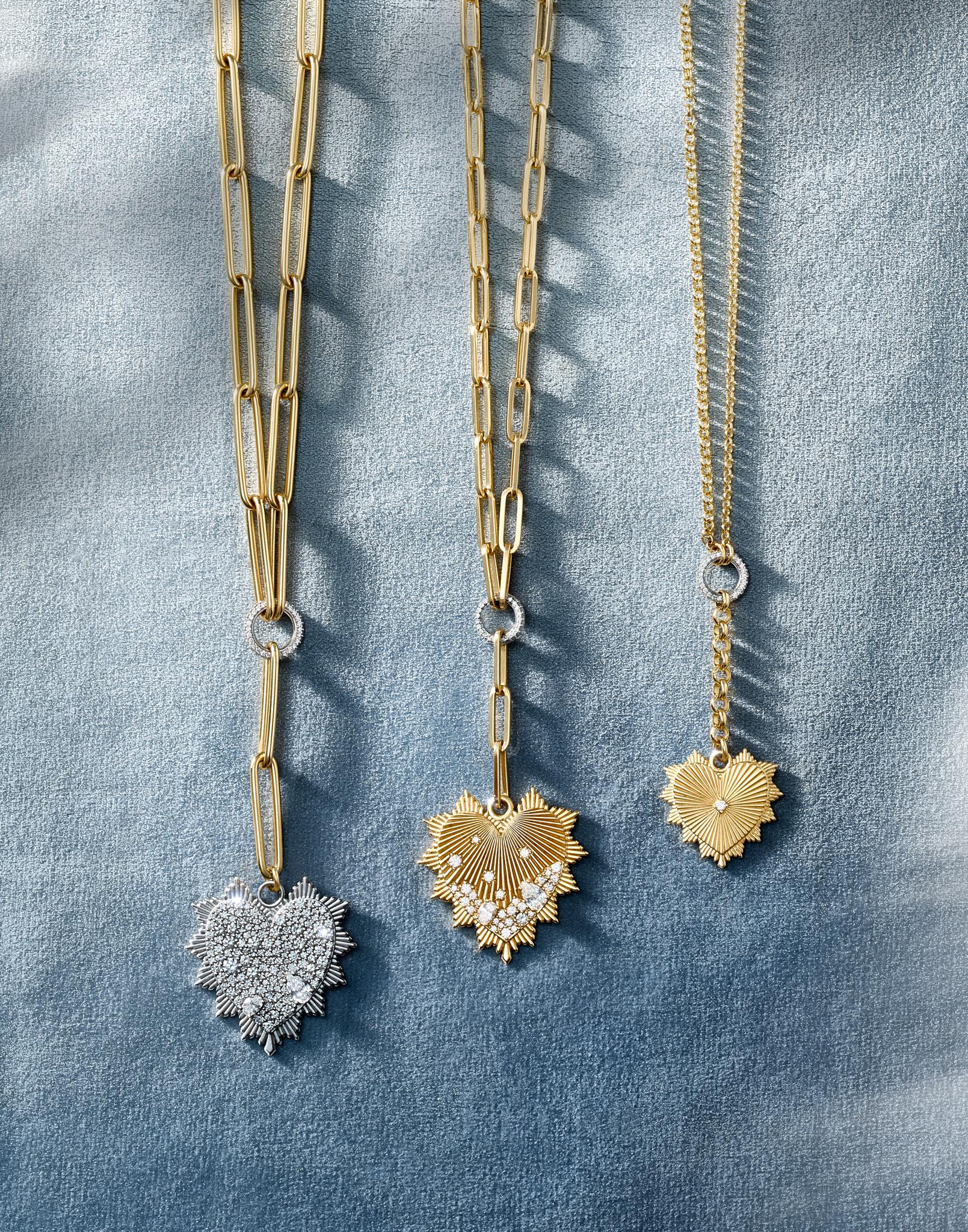

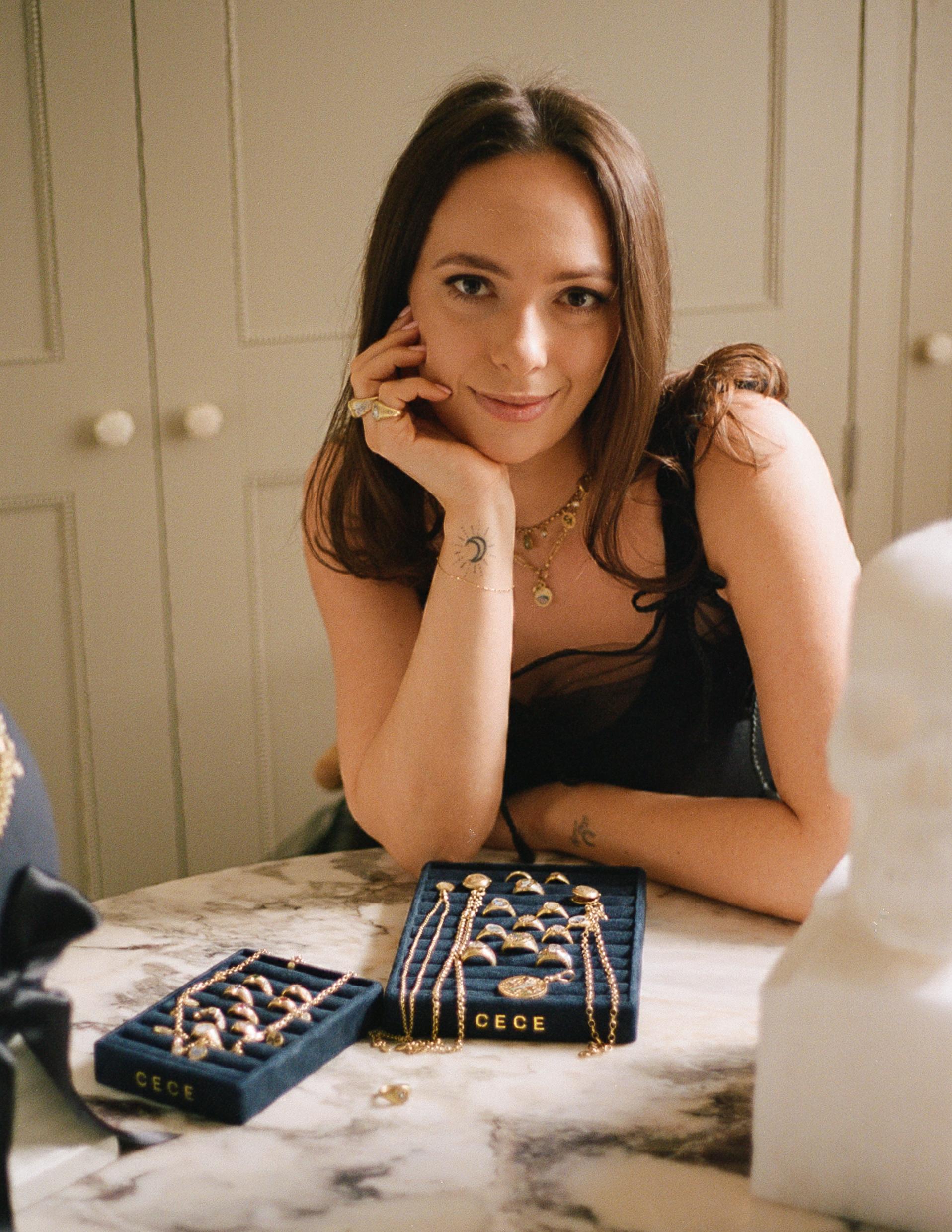



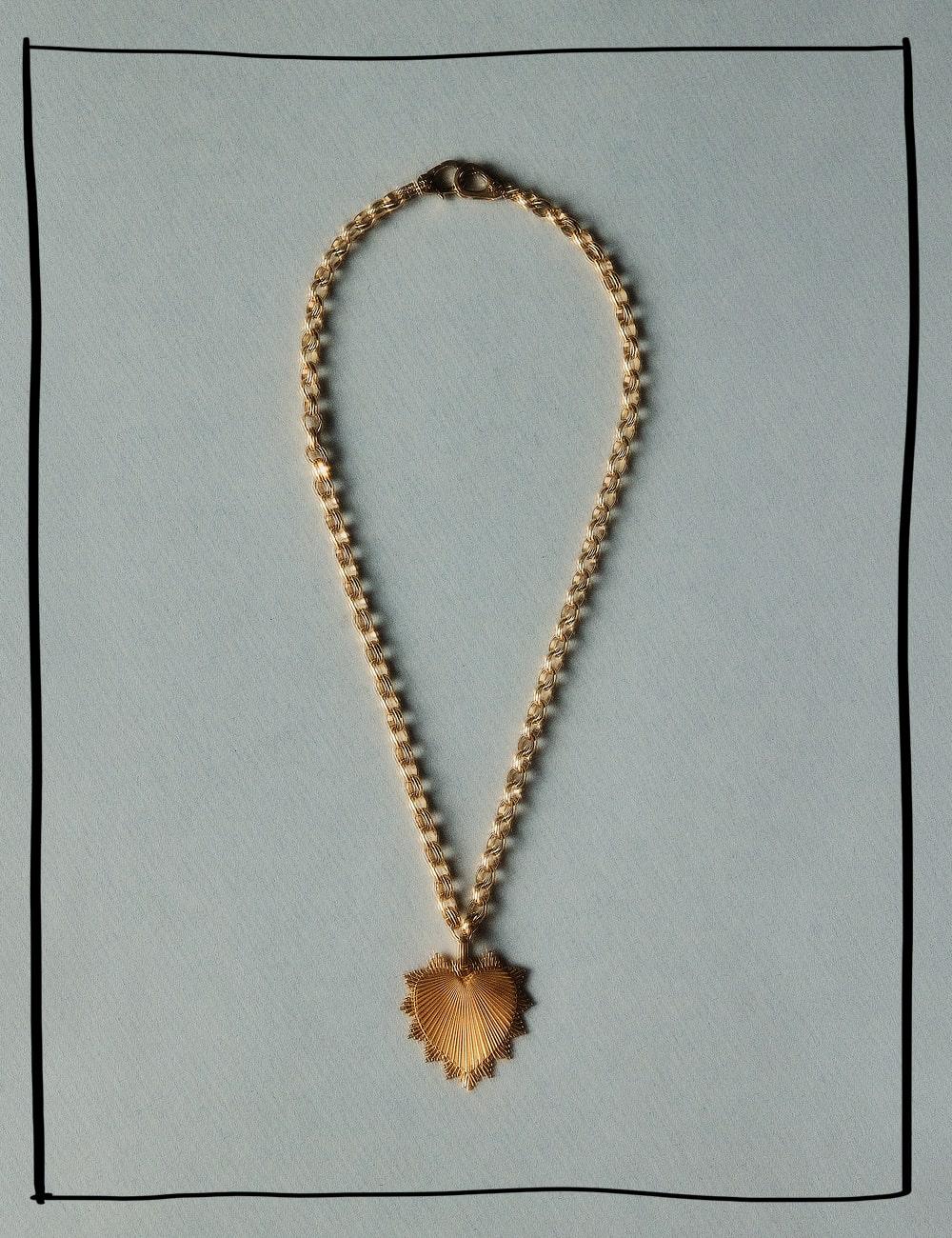
?fmt=auto&qlt=default)
